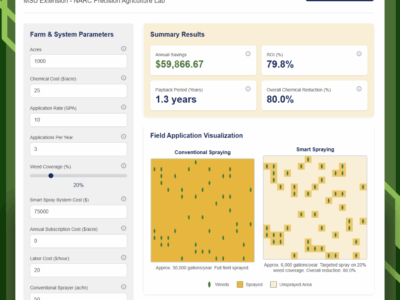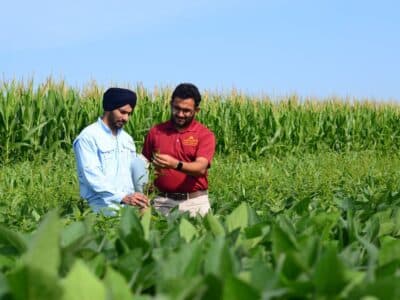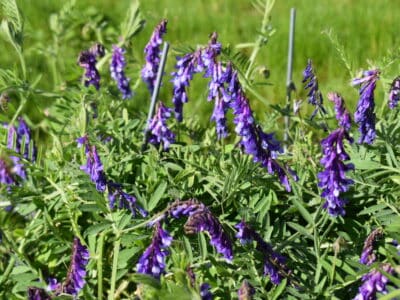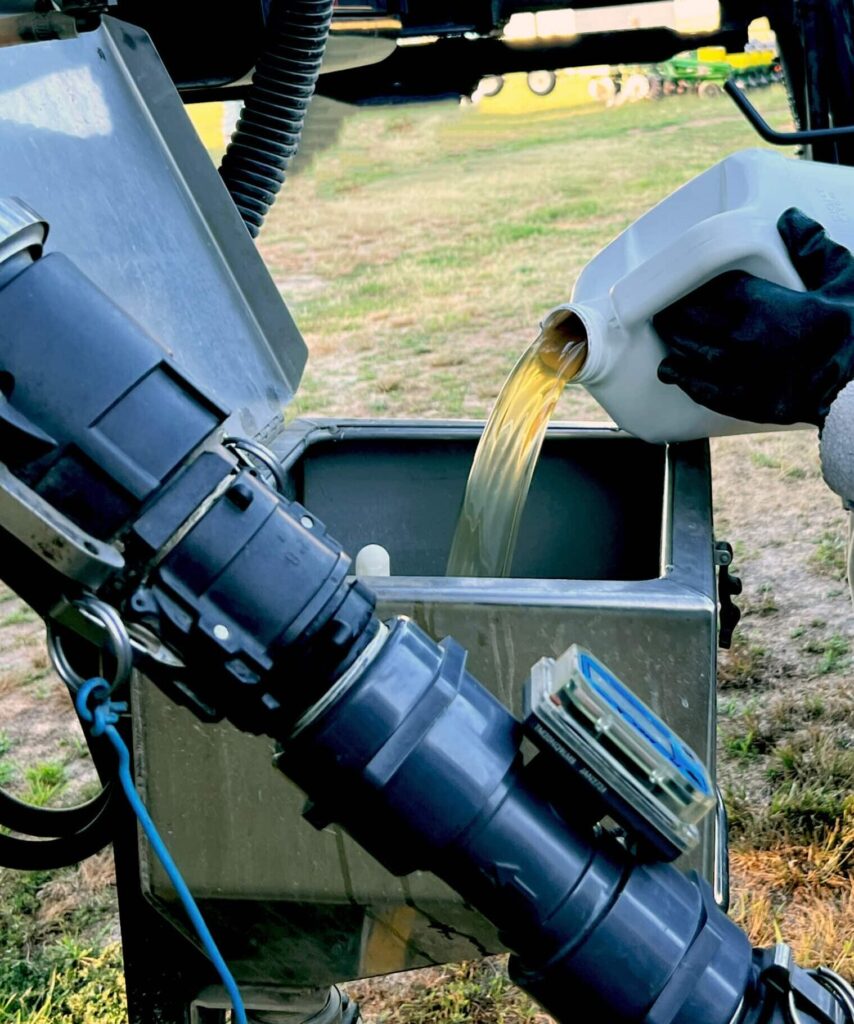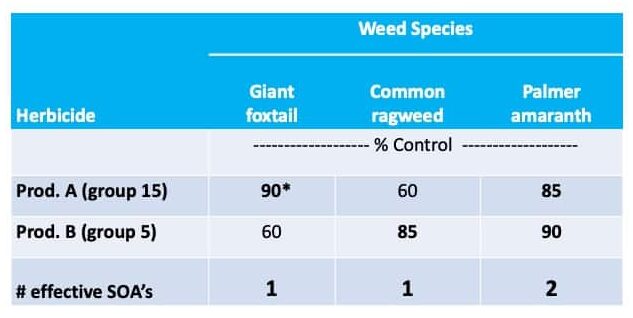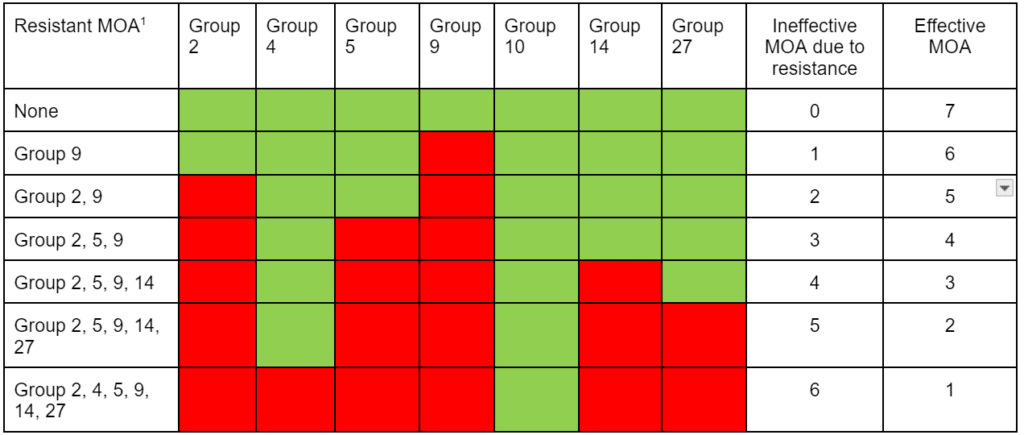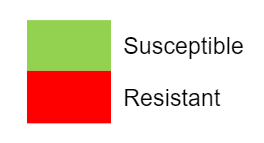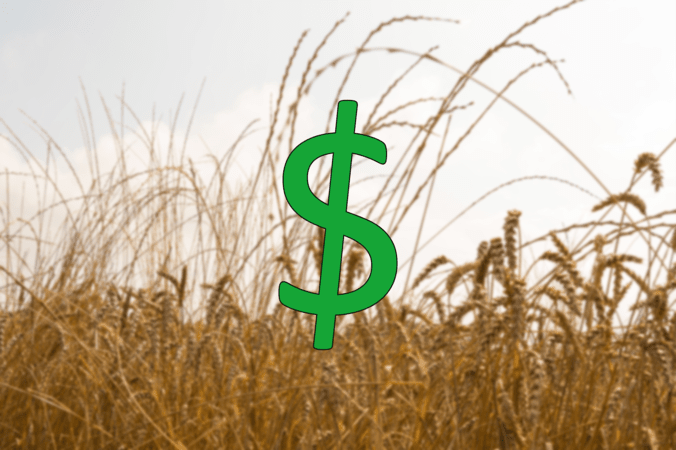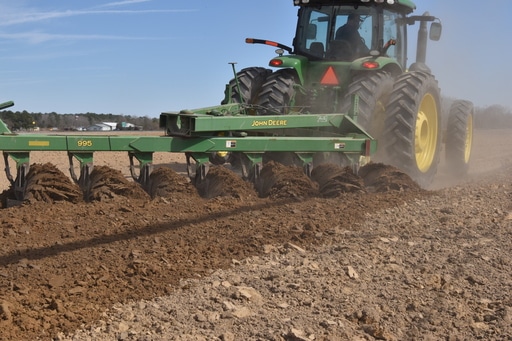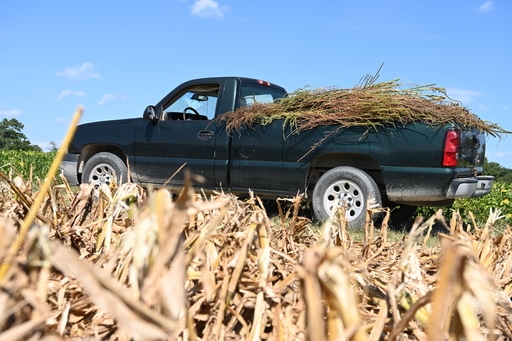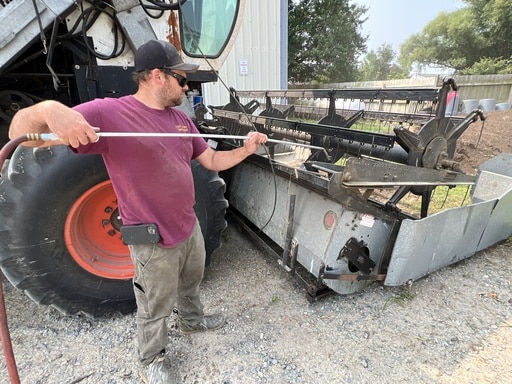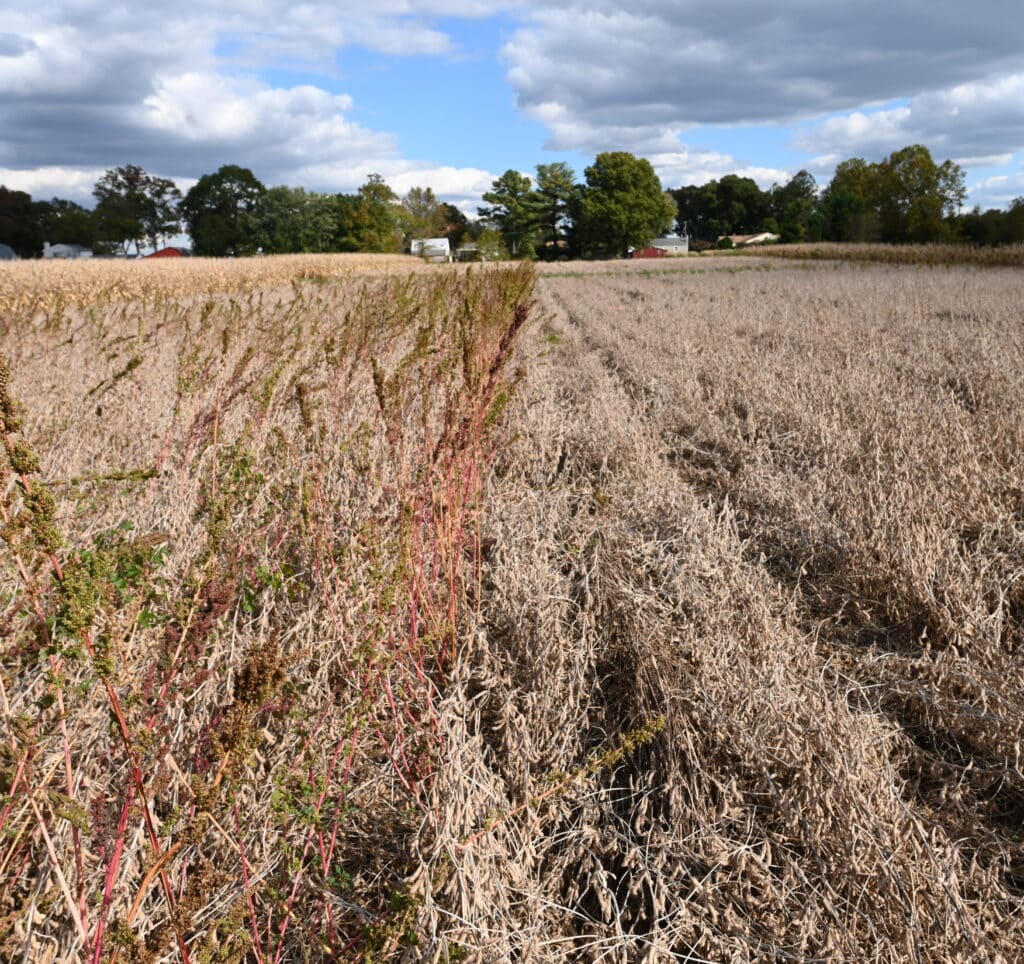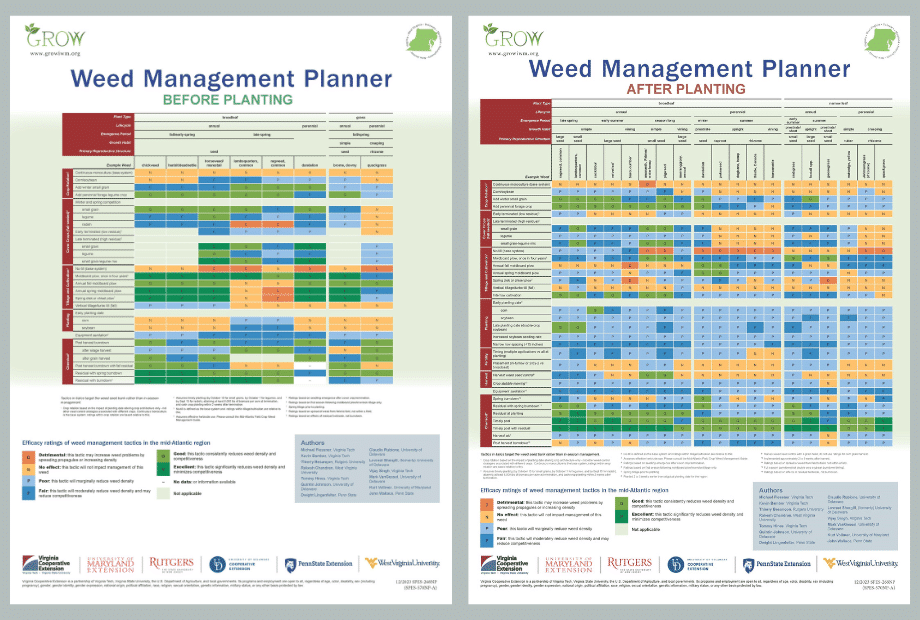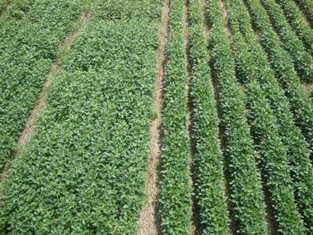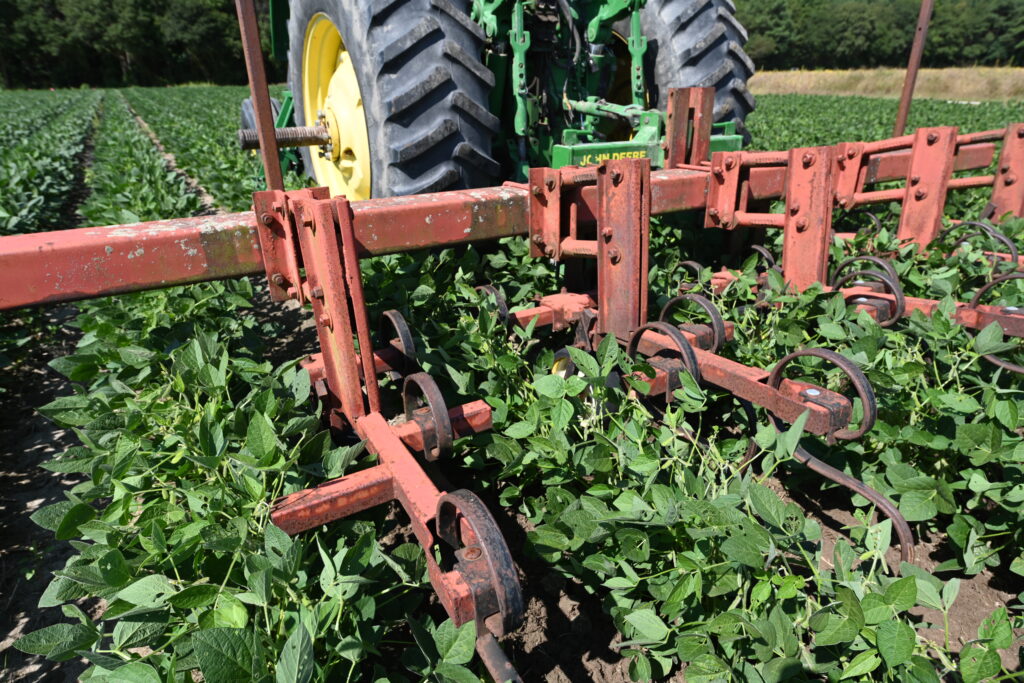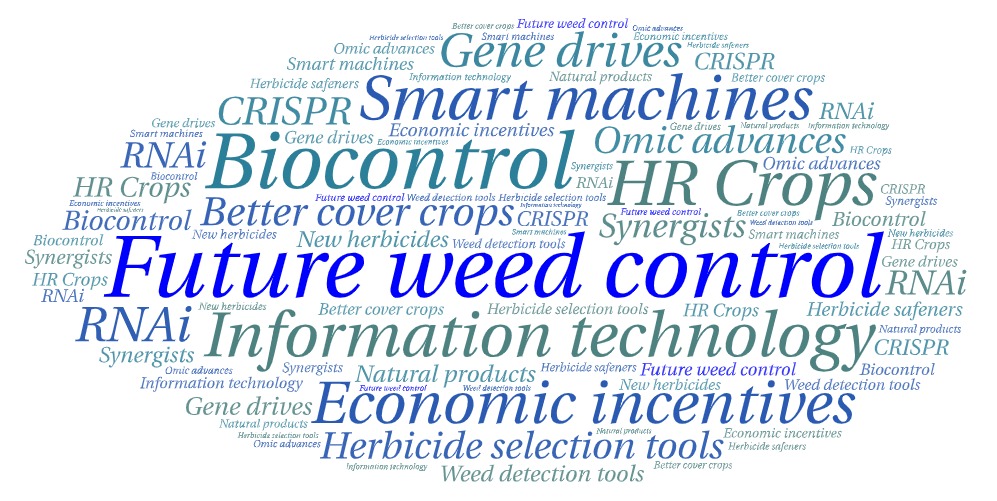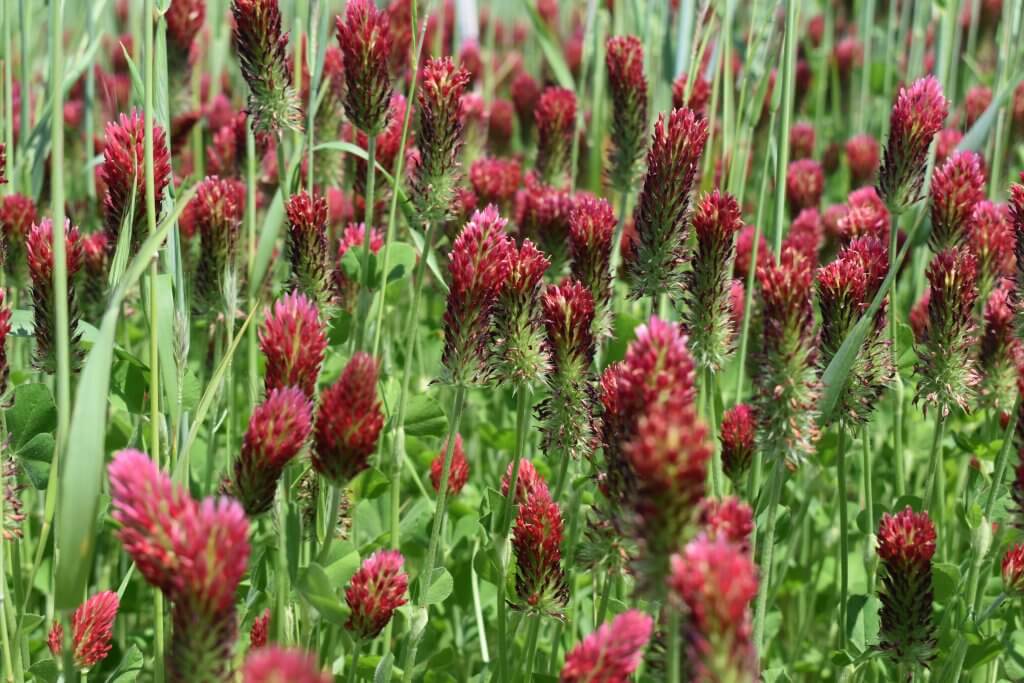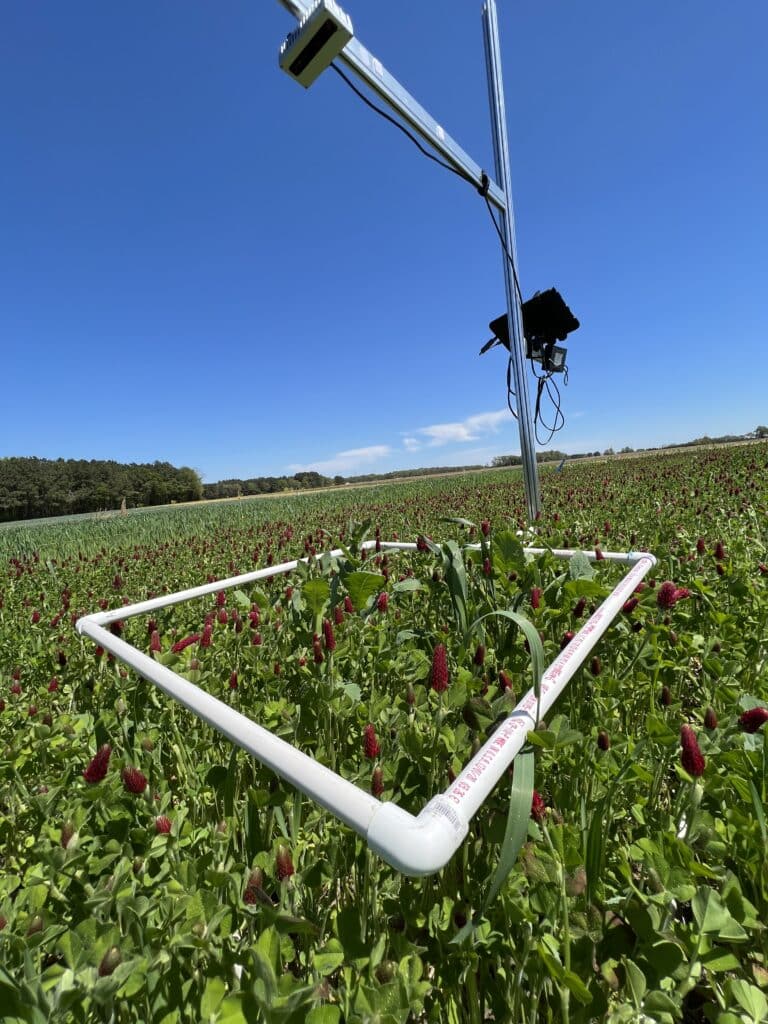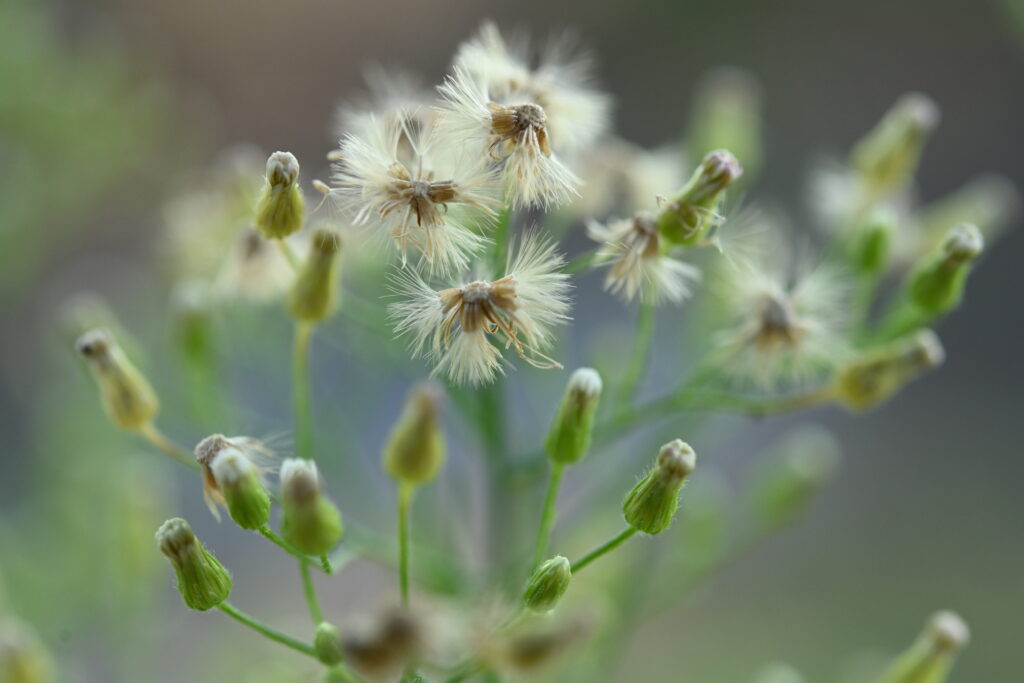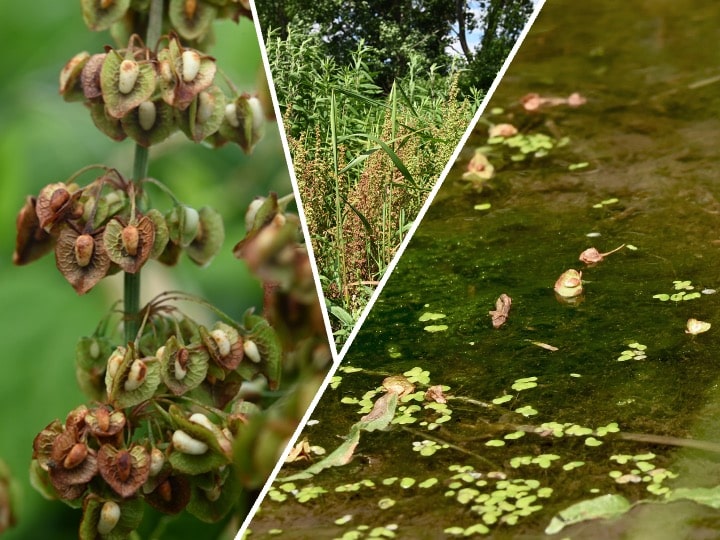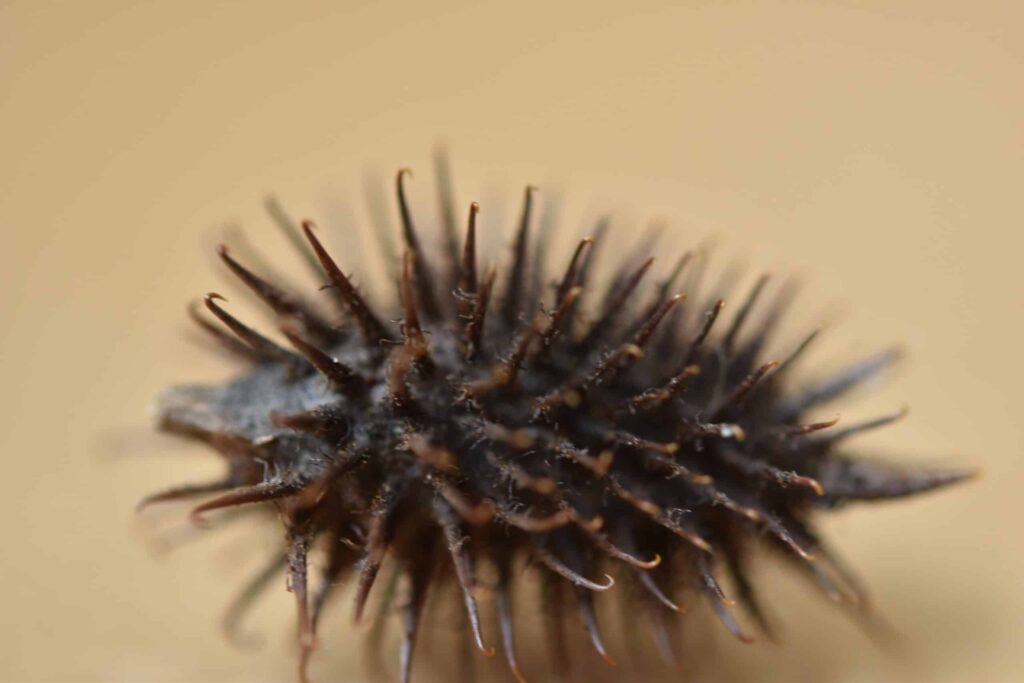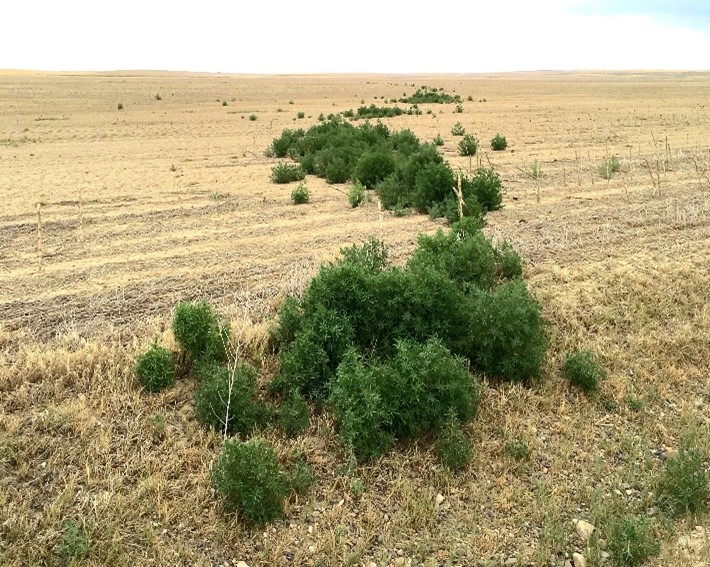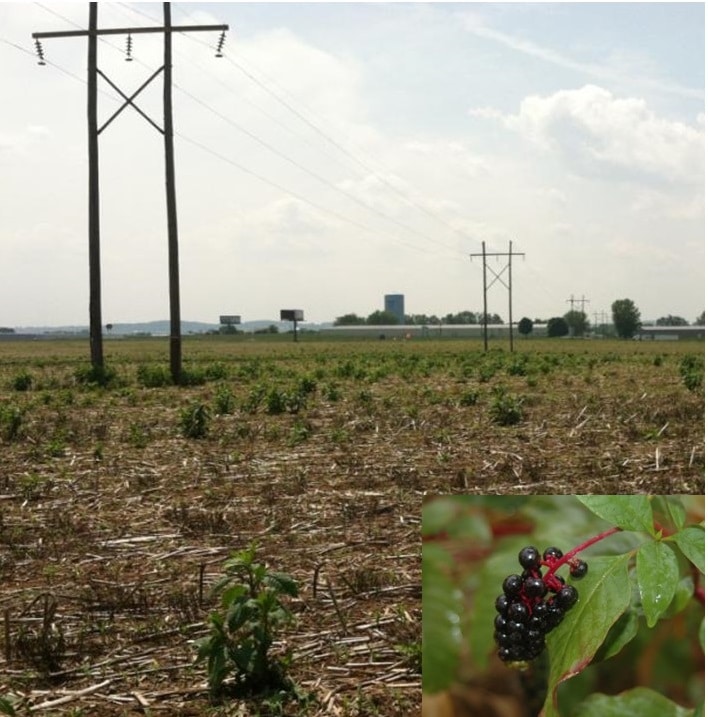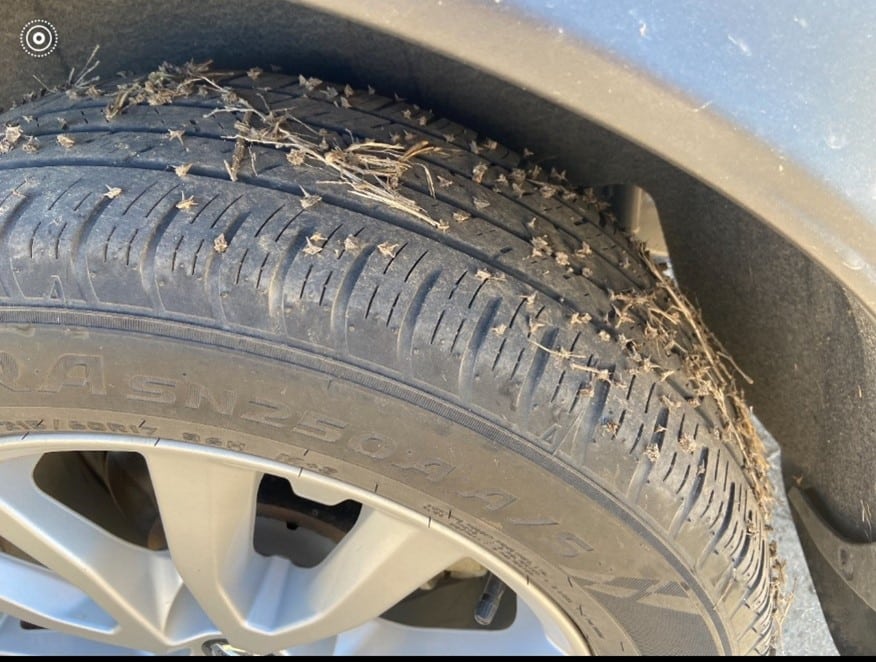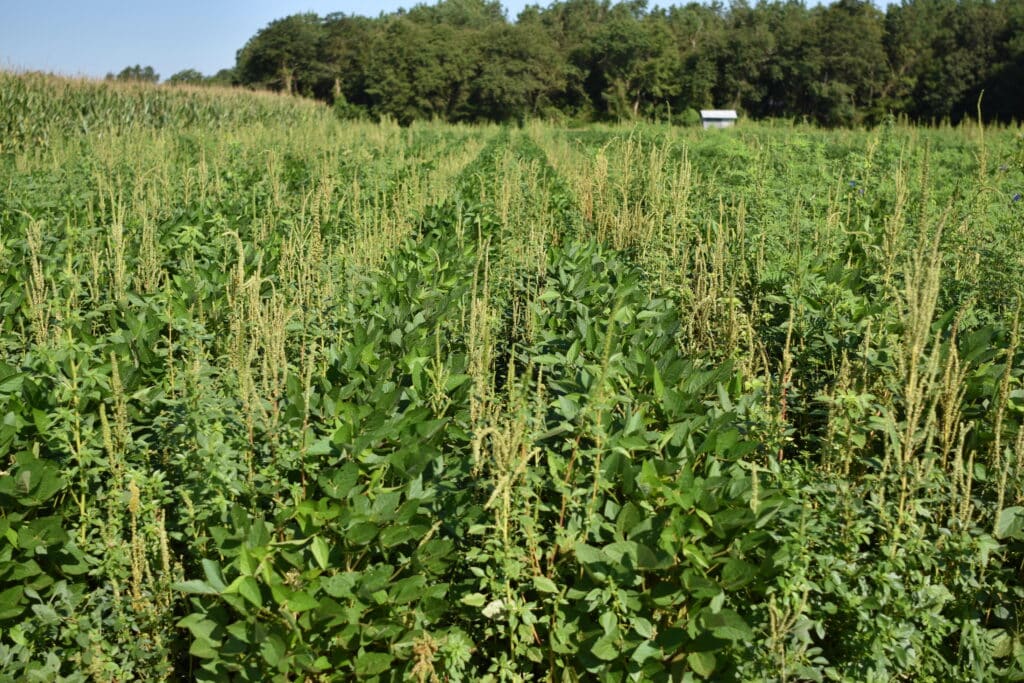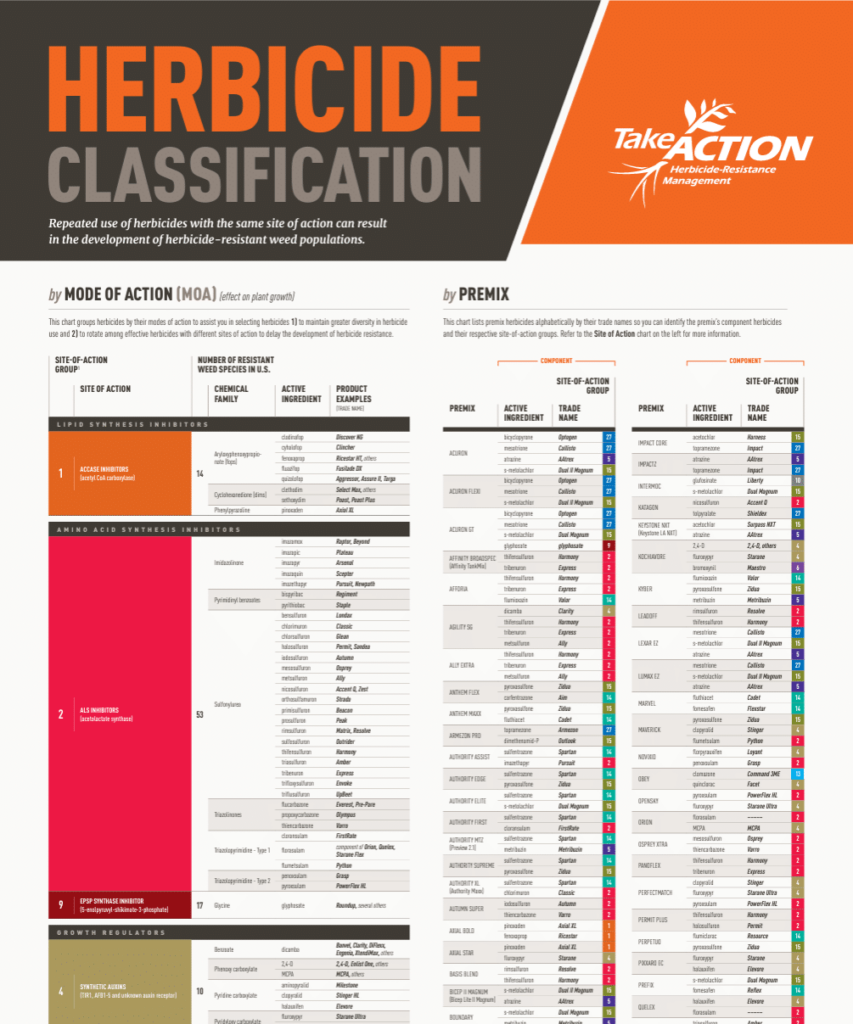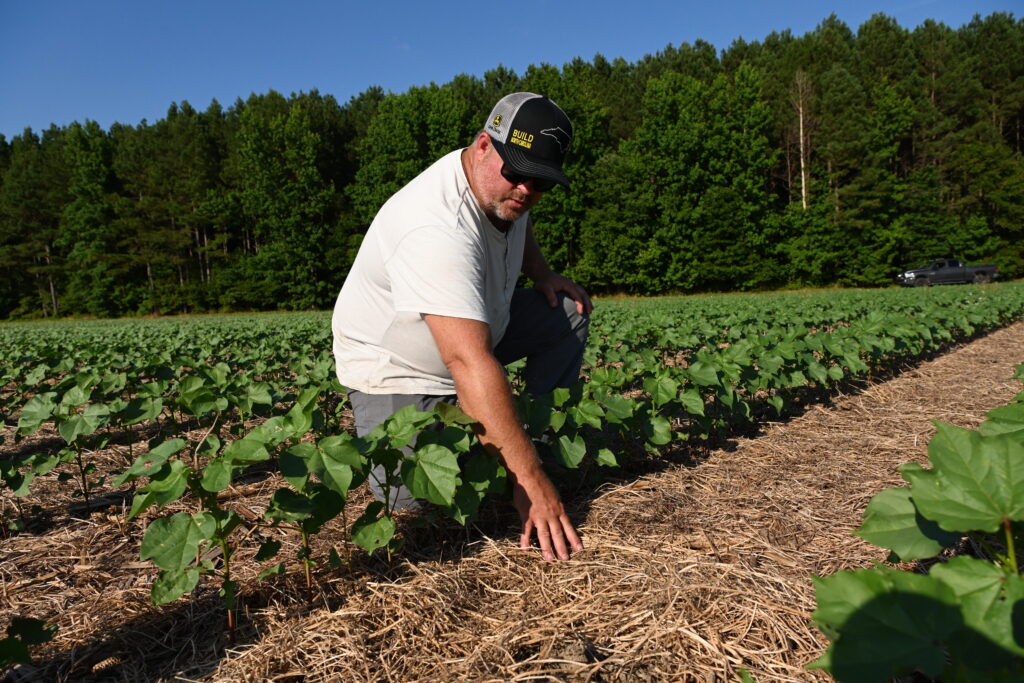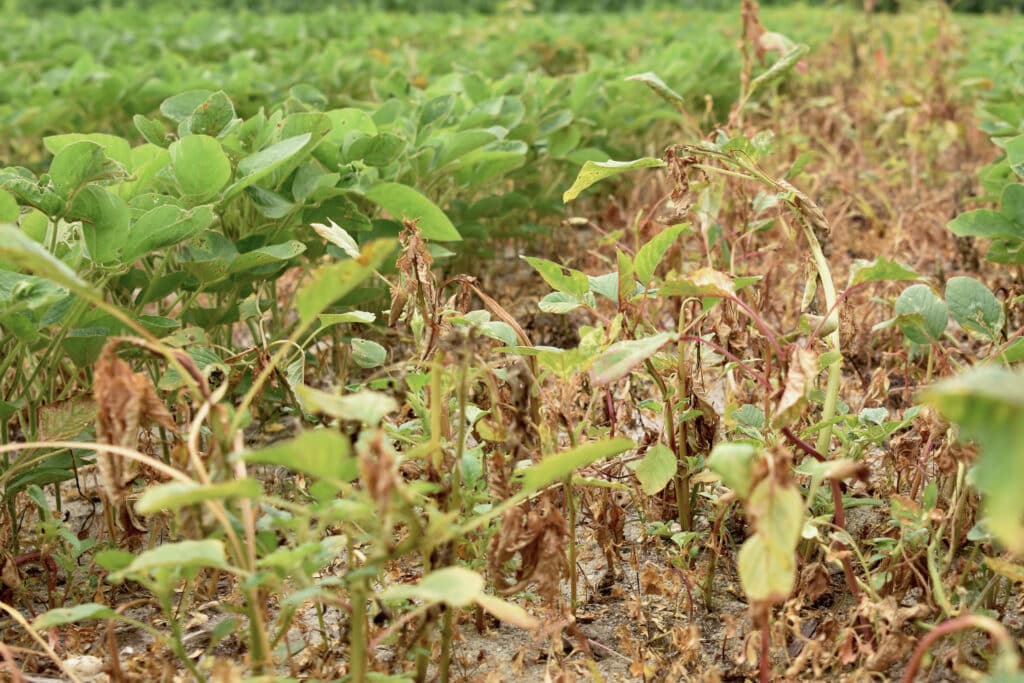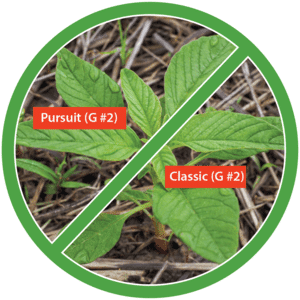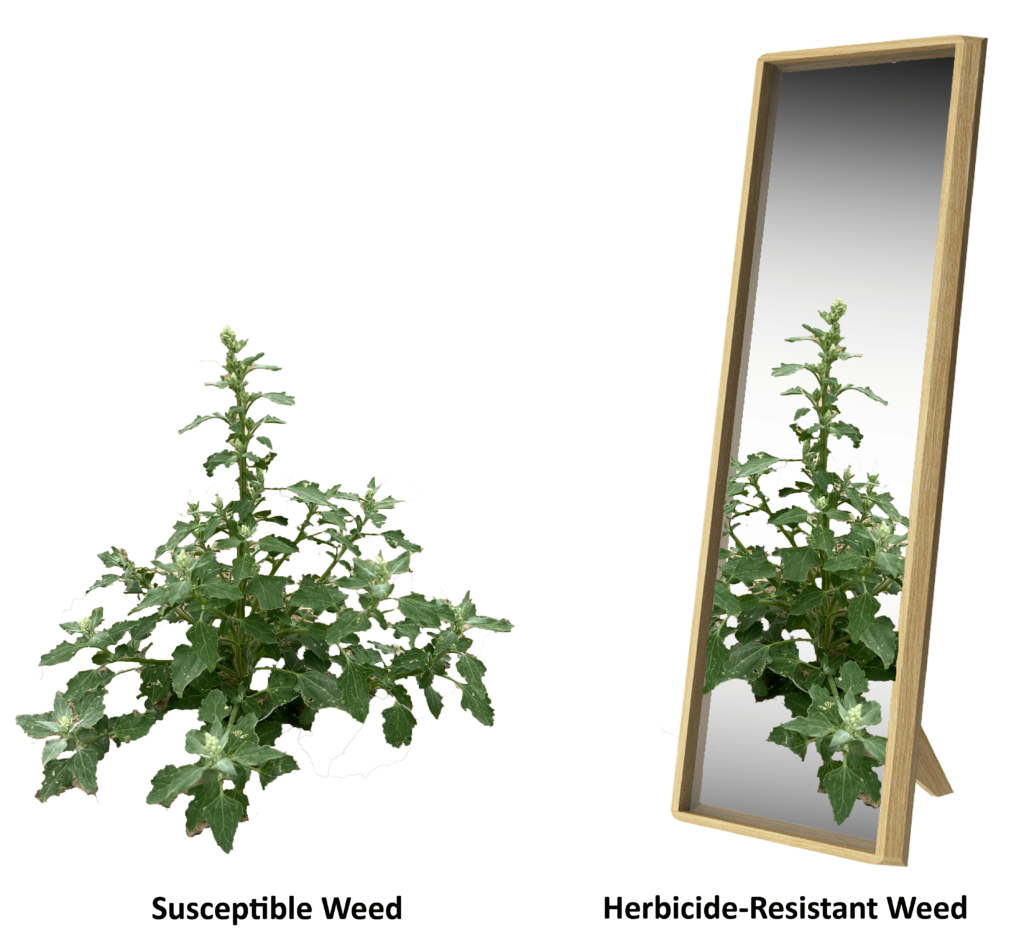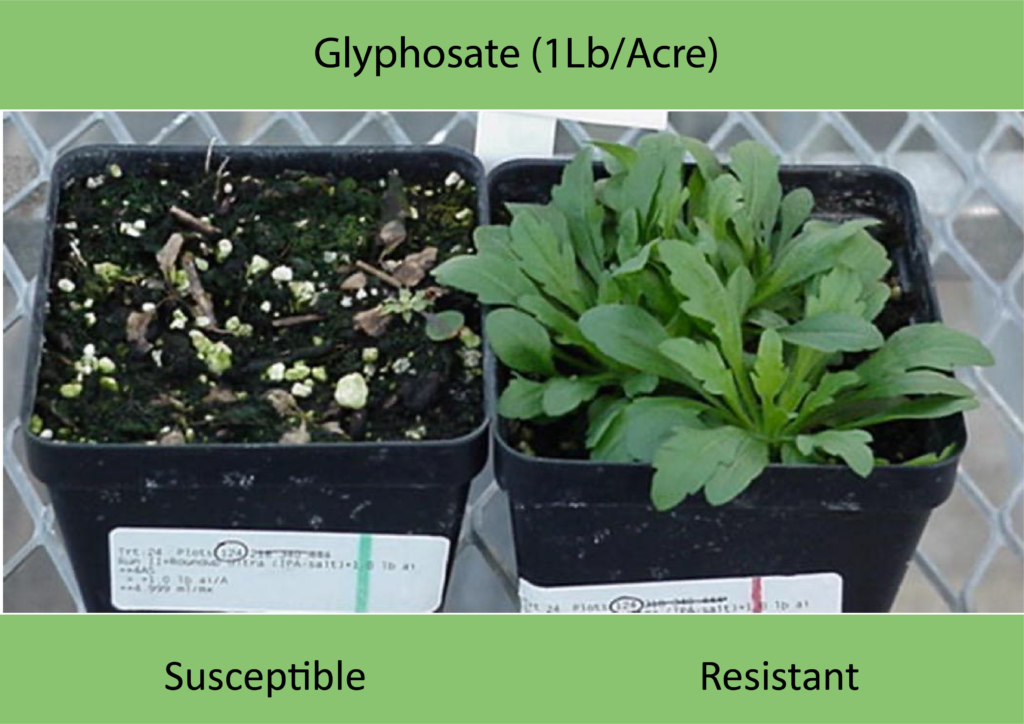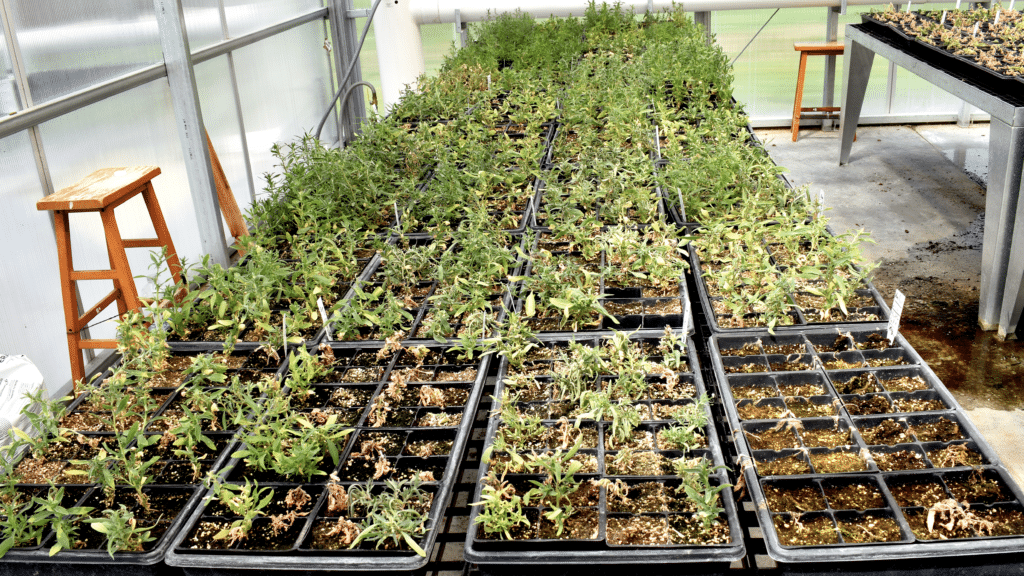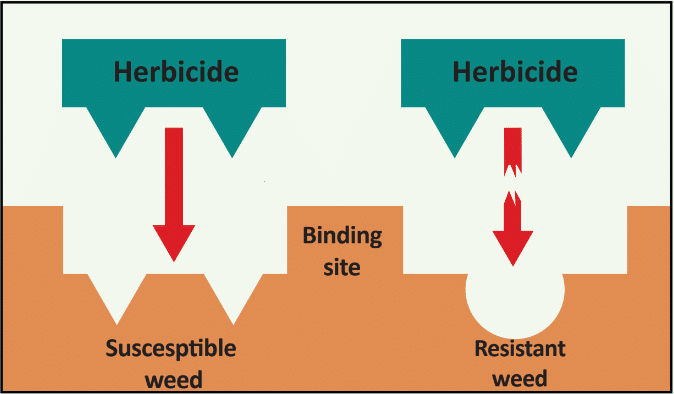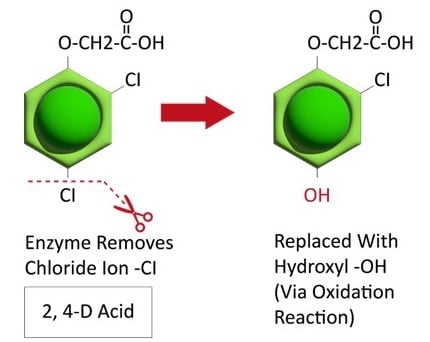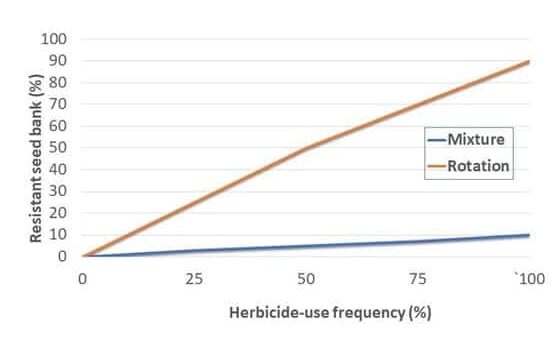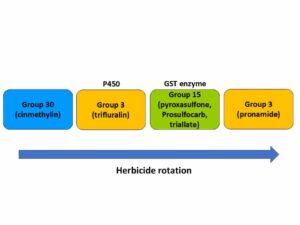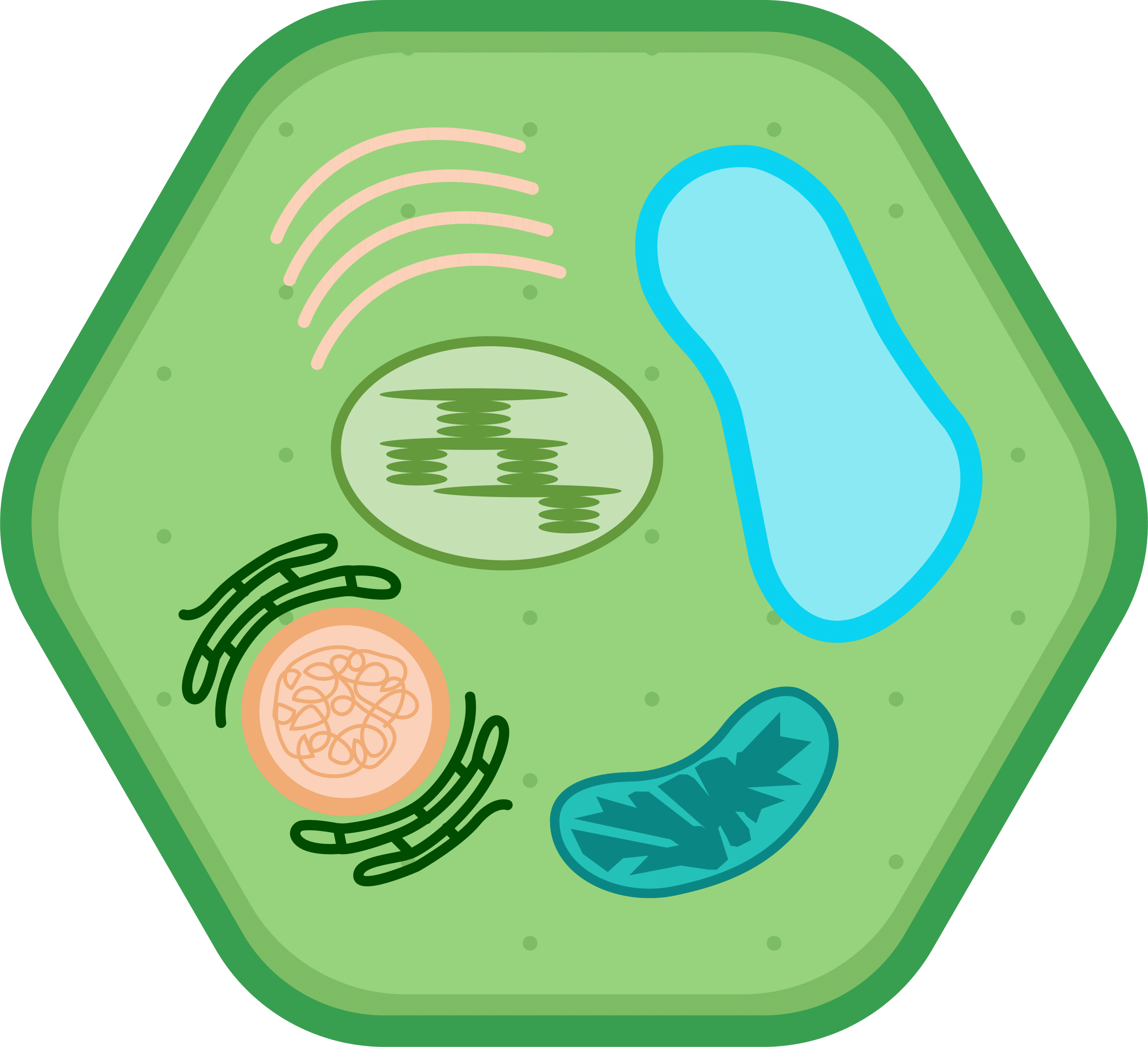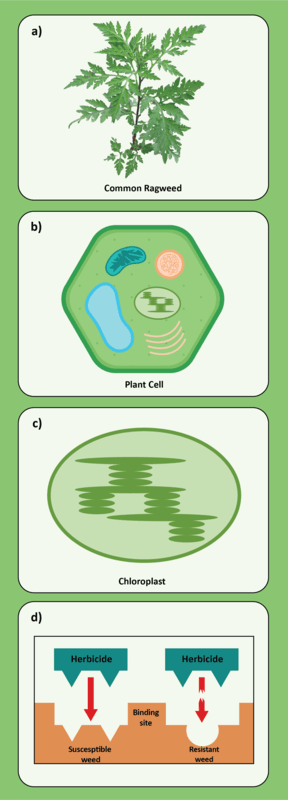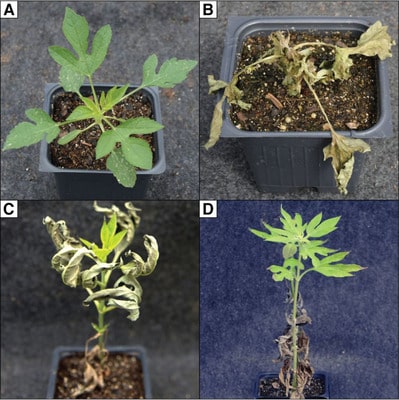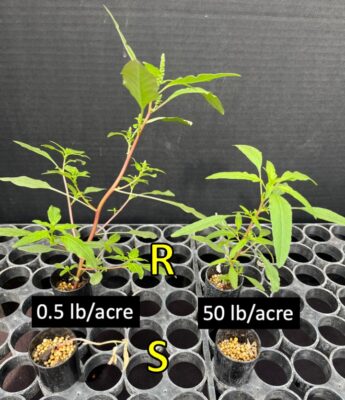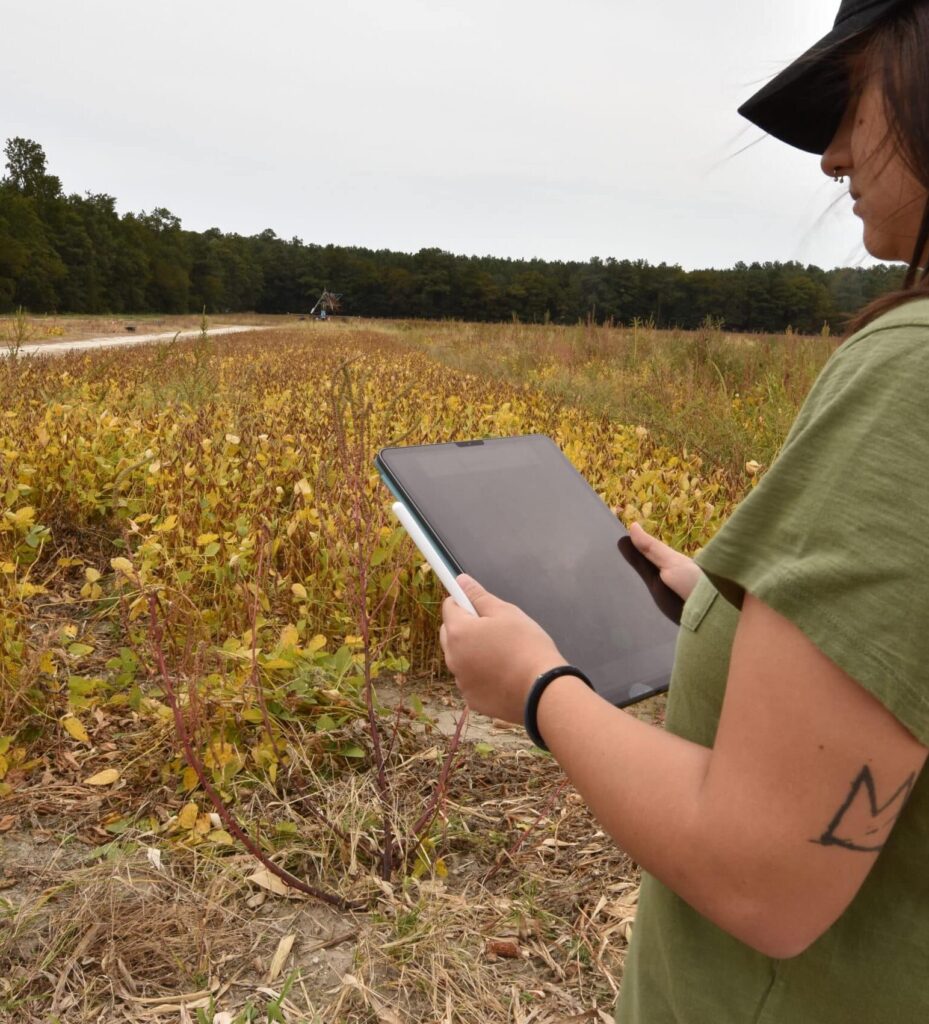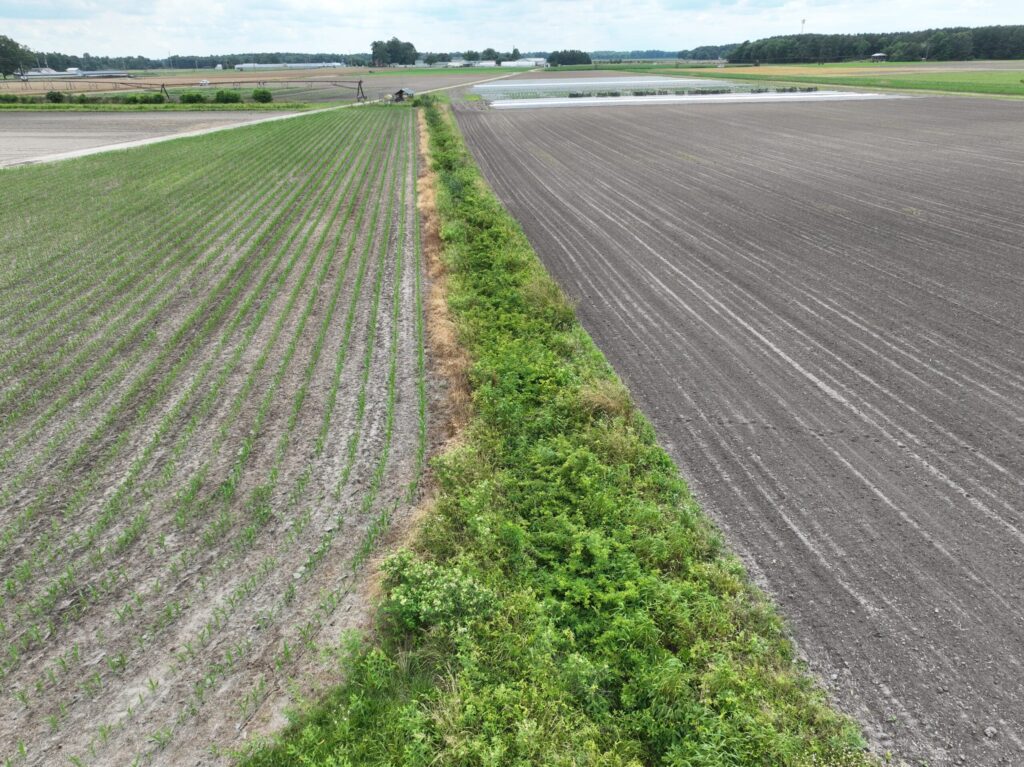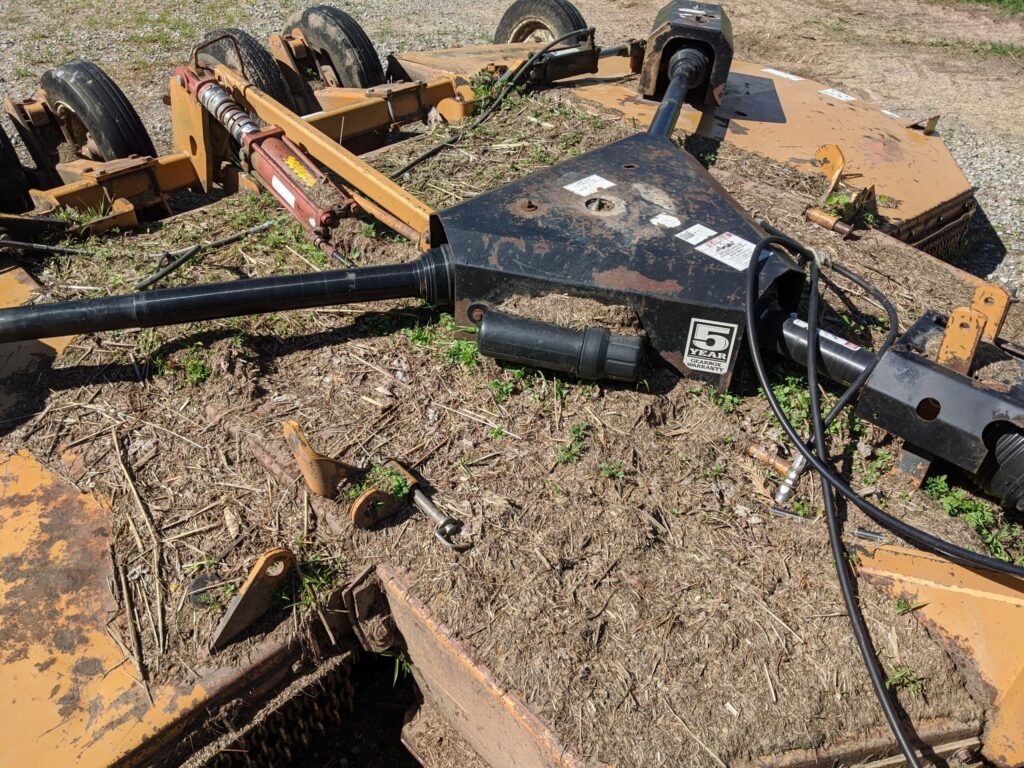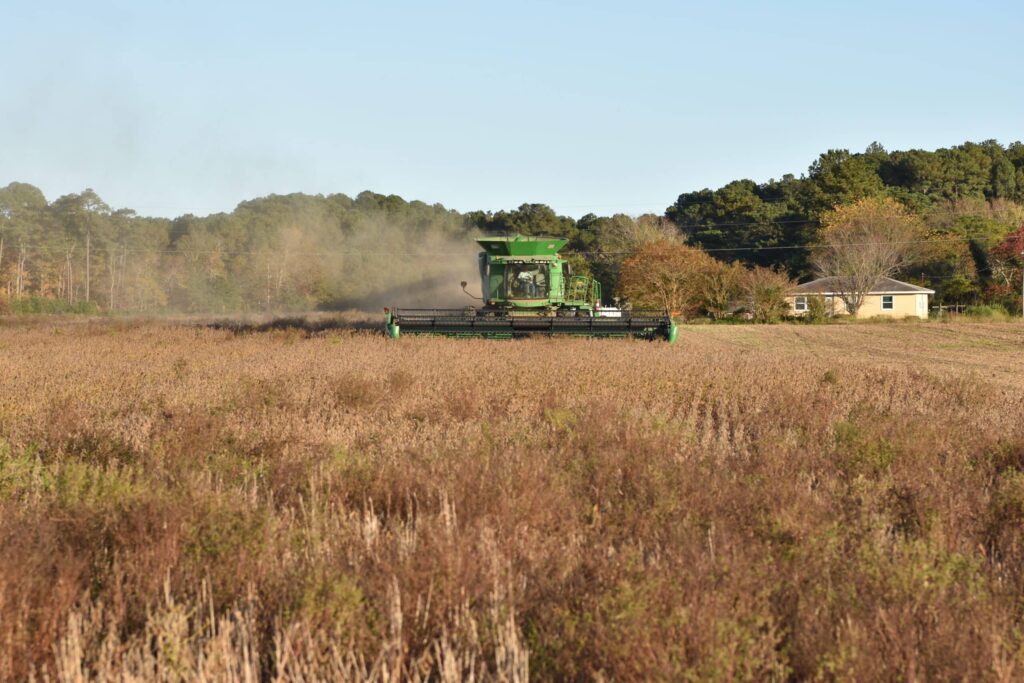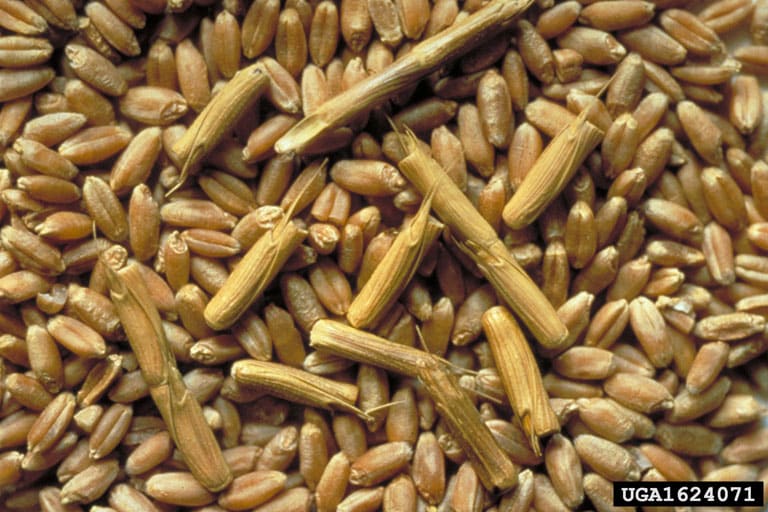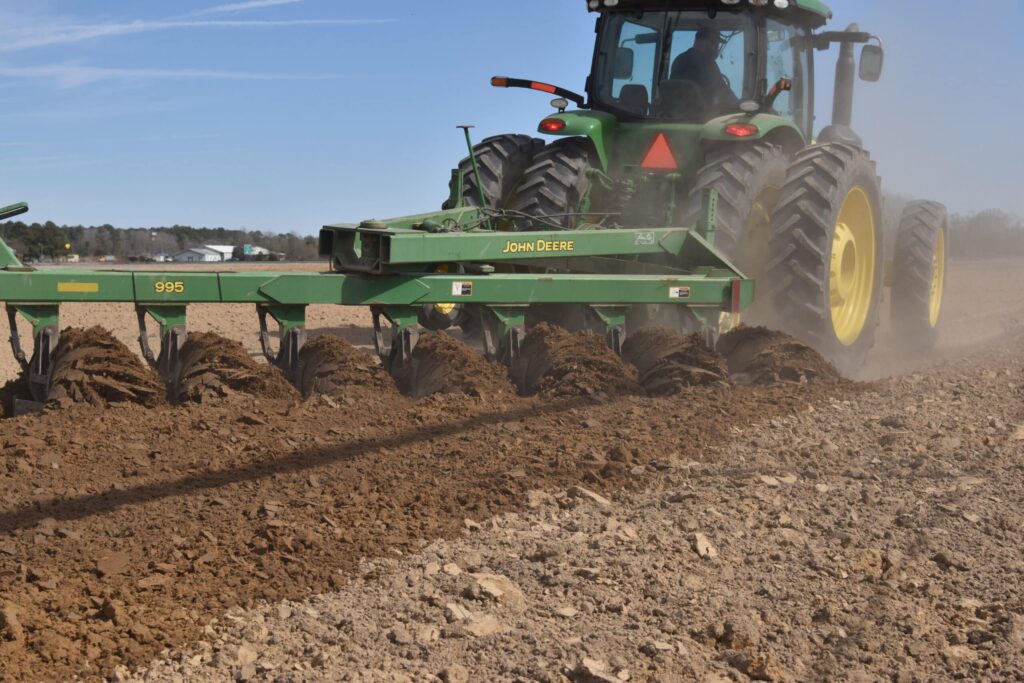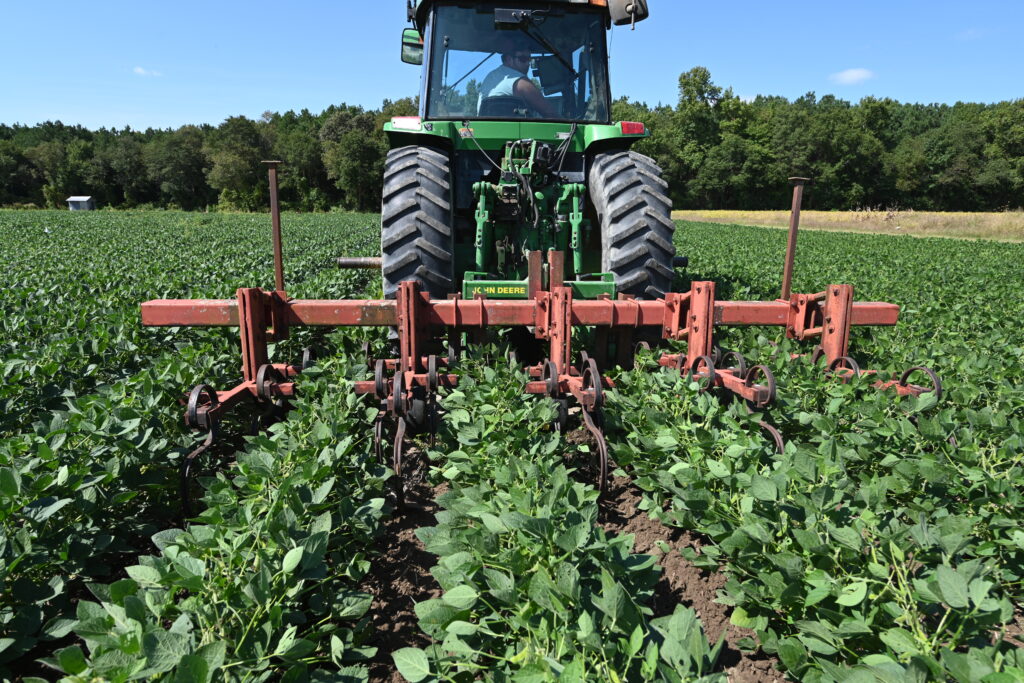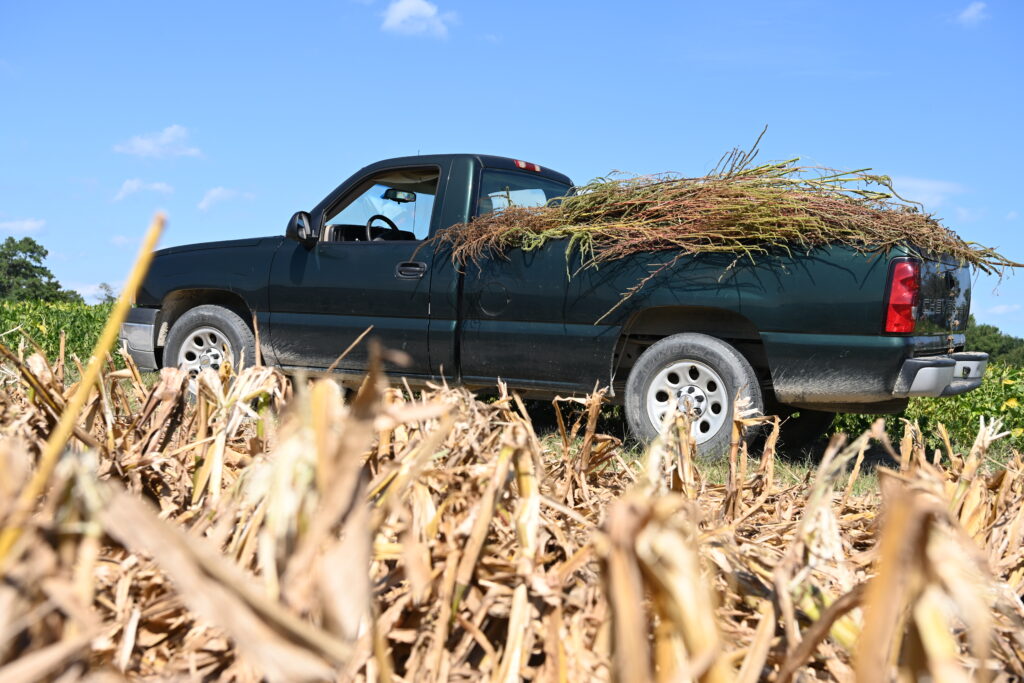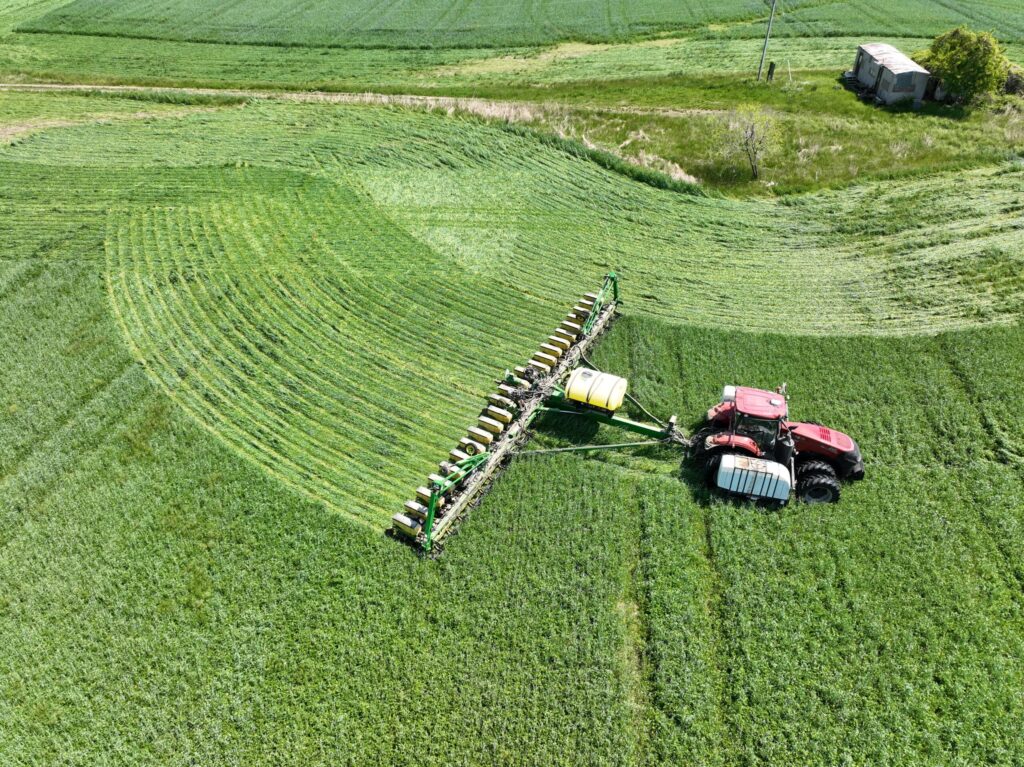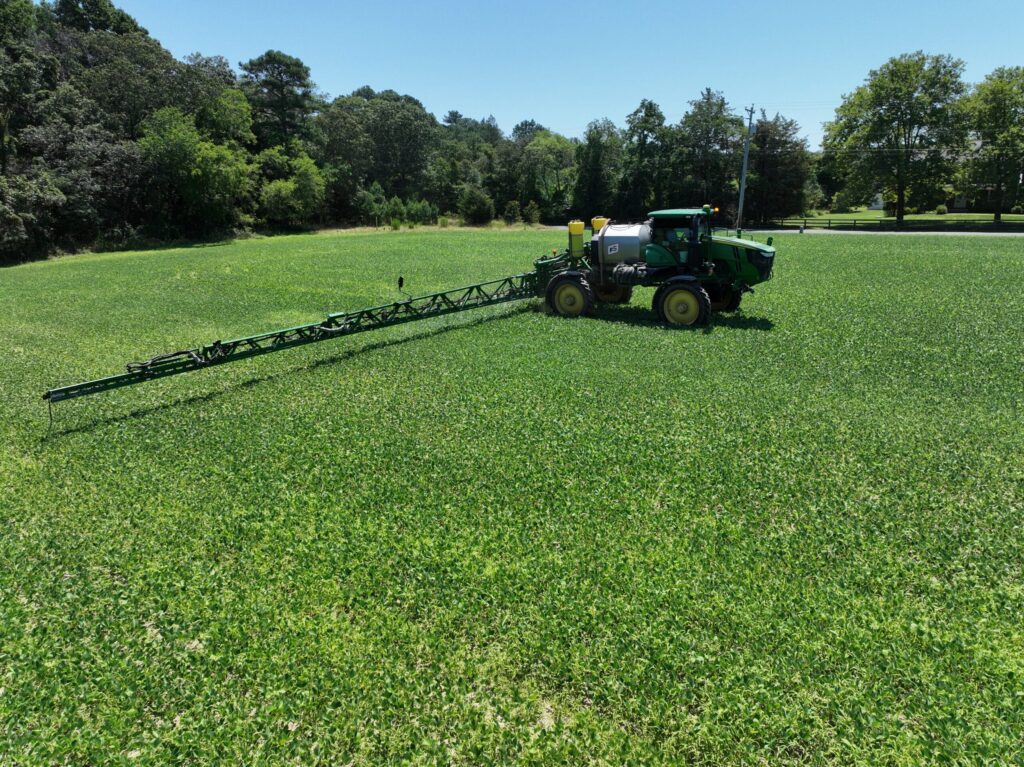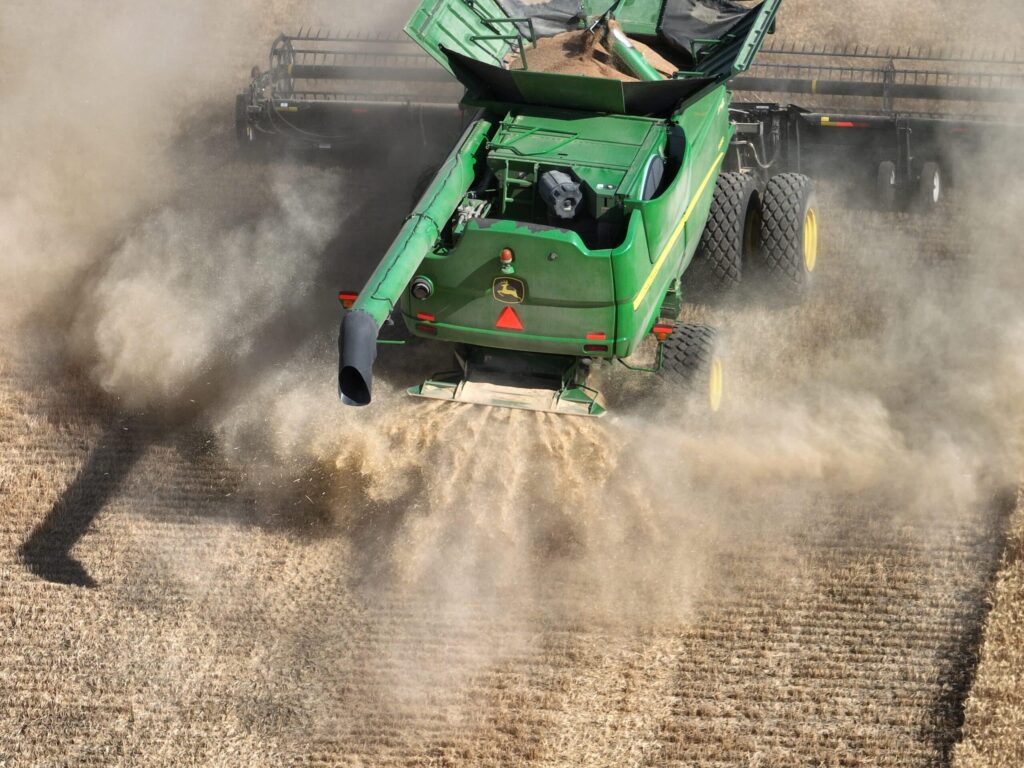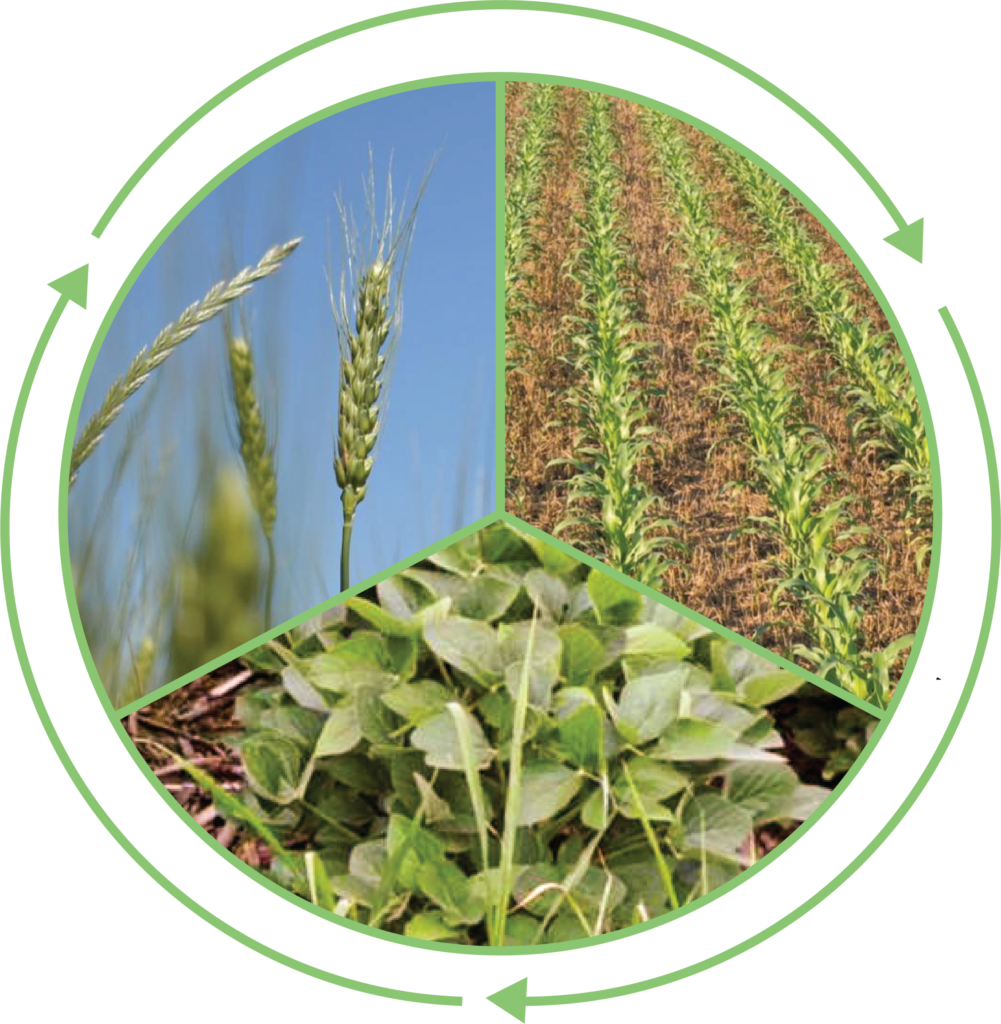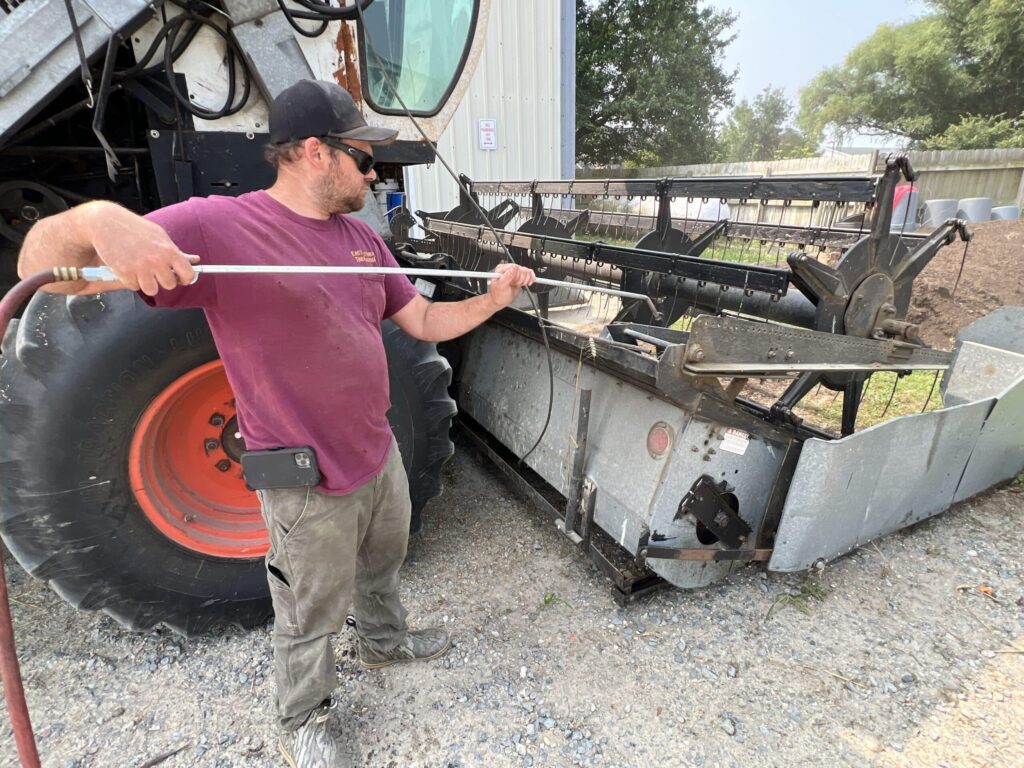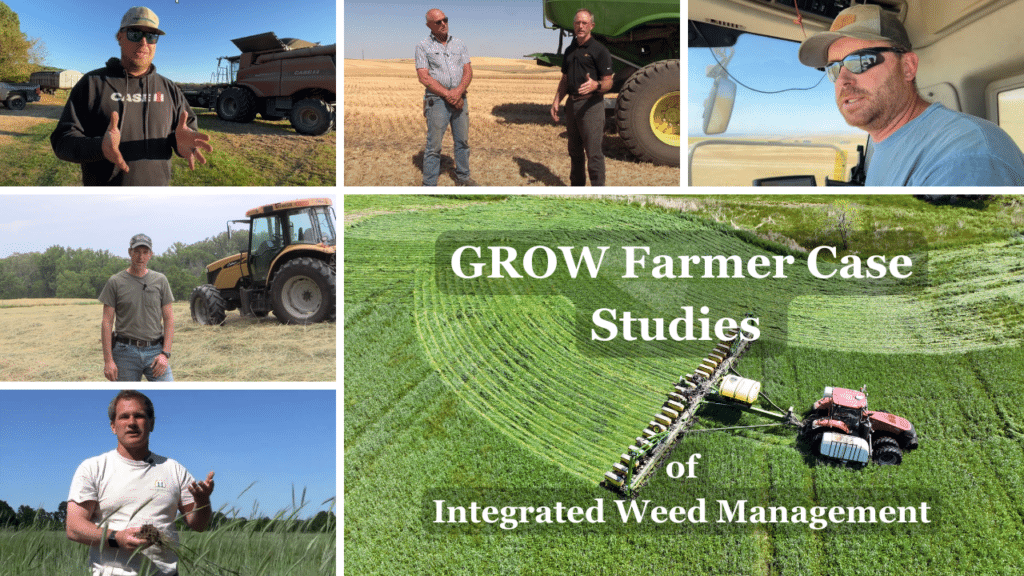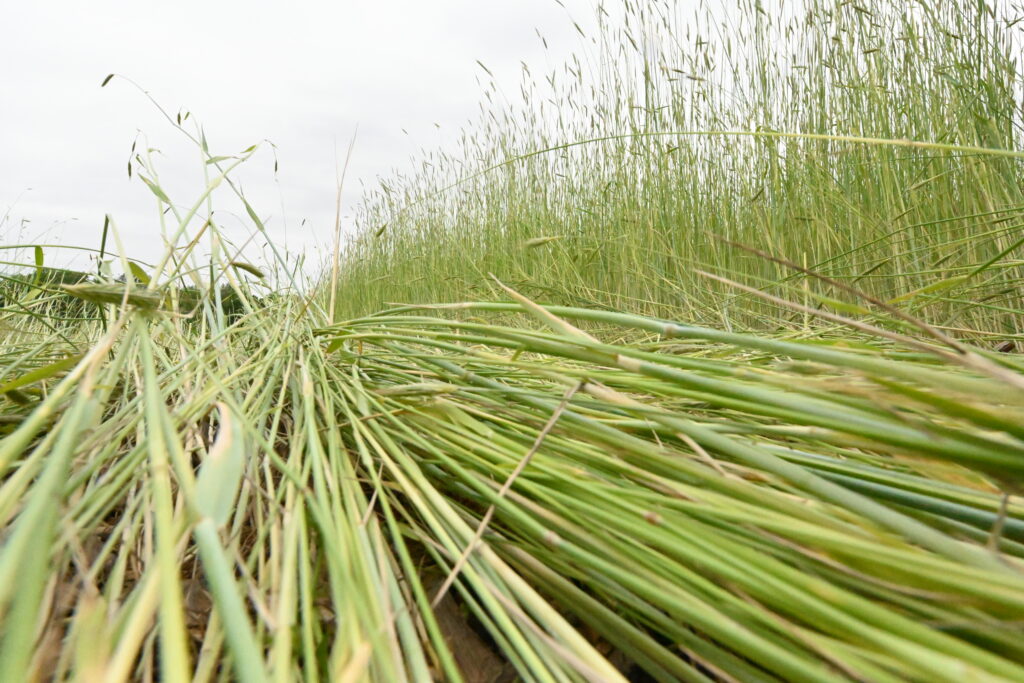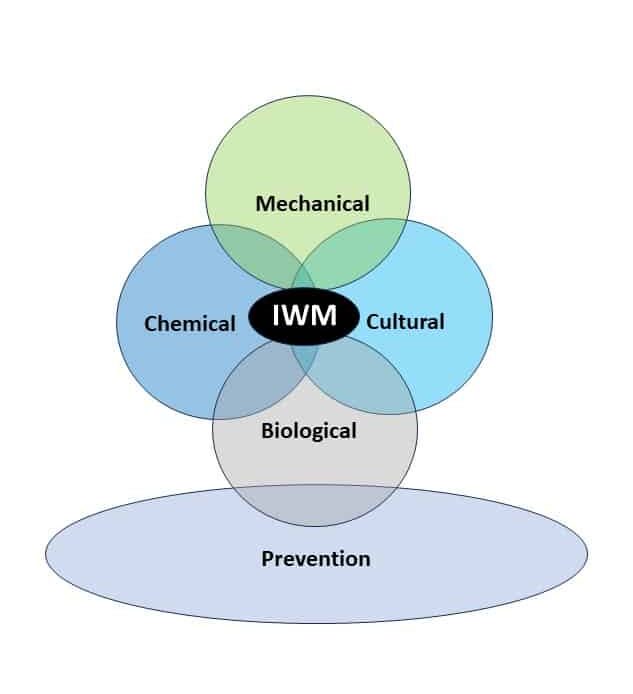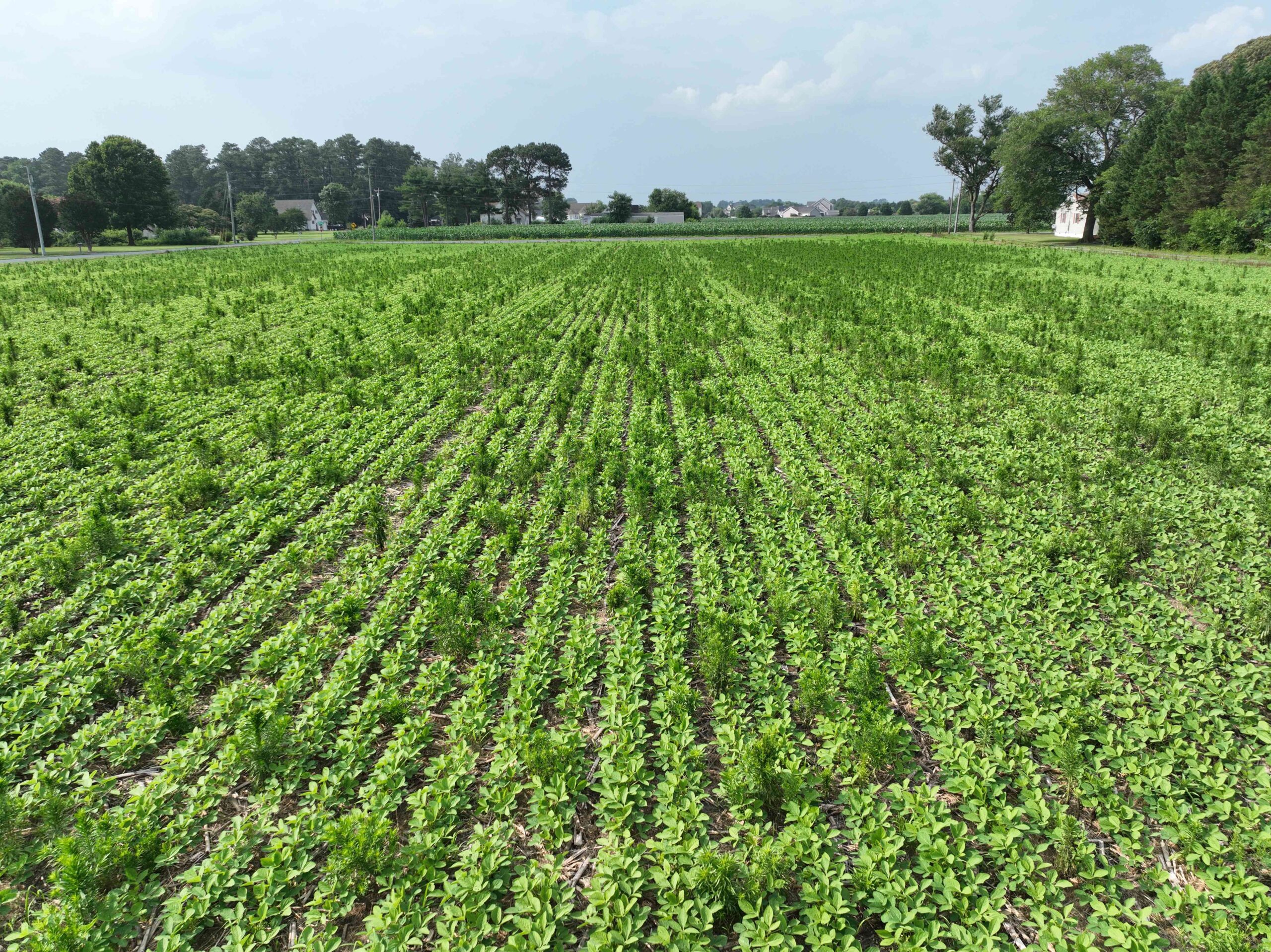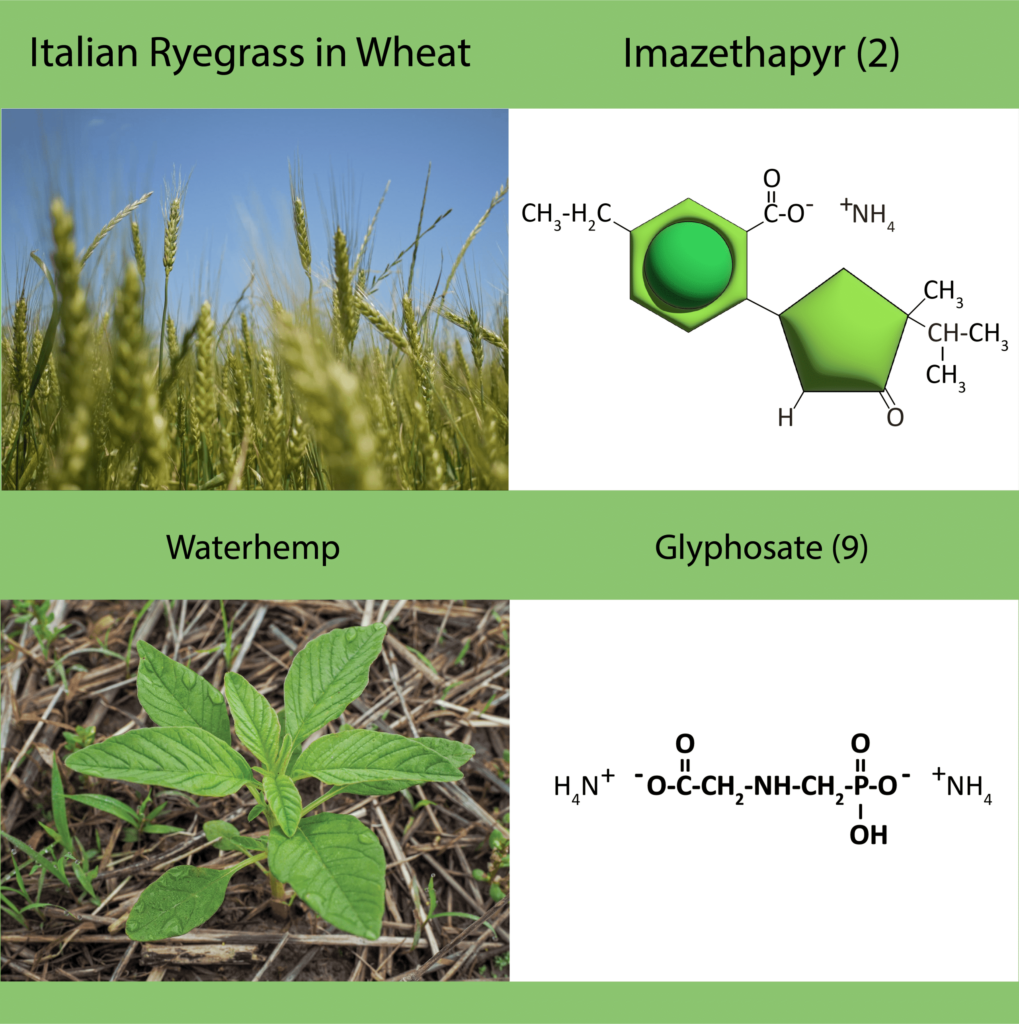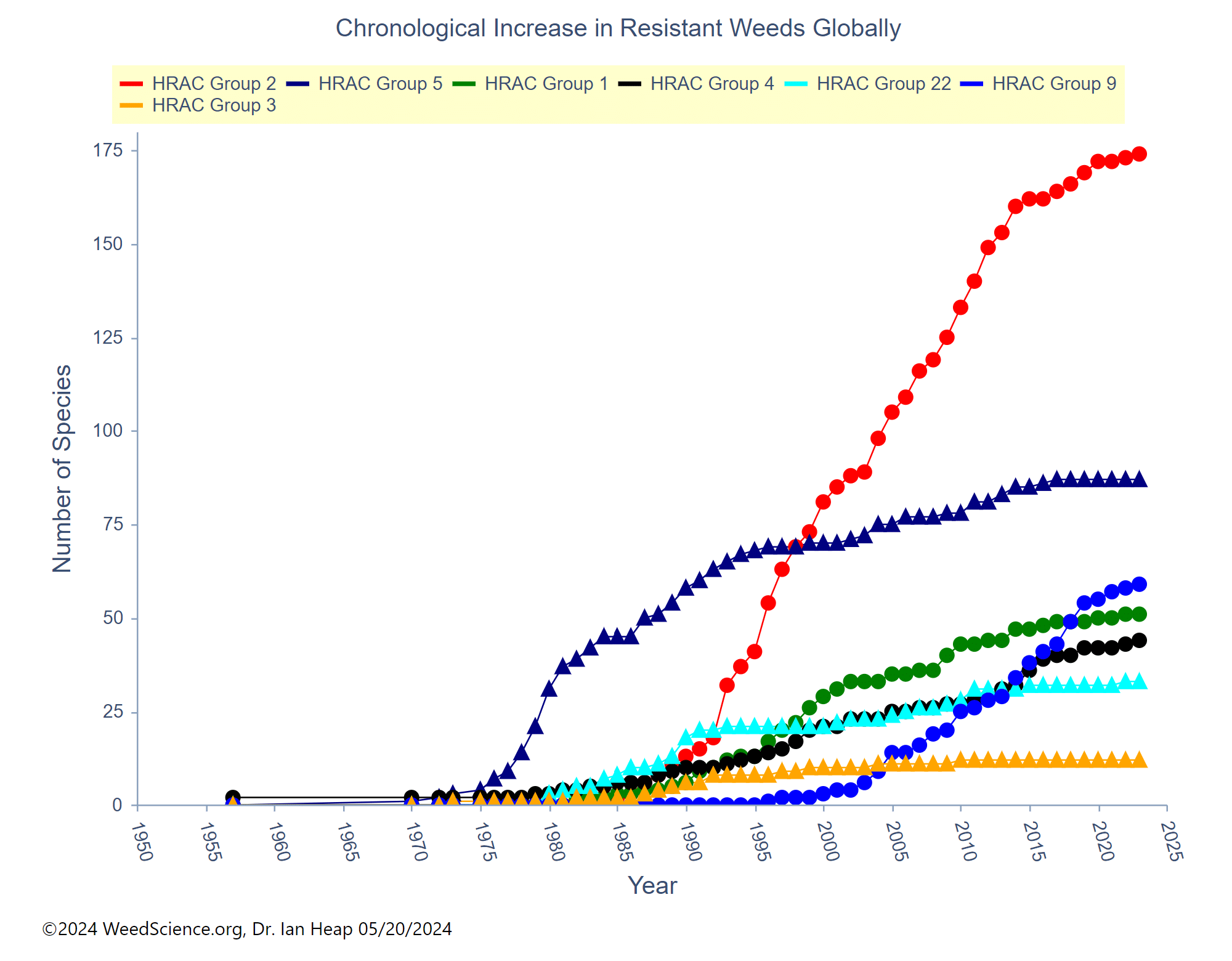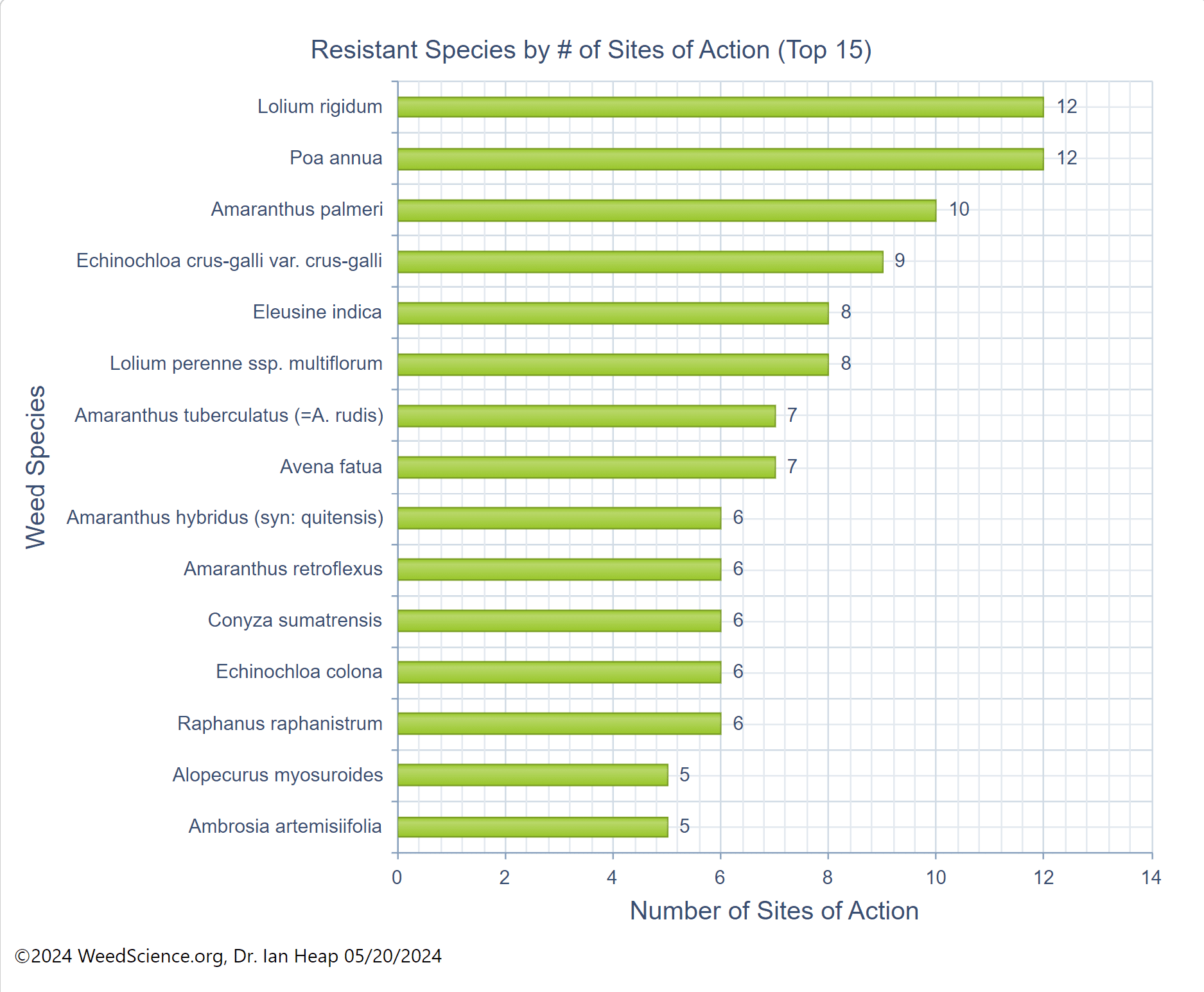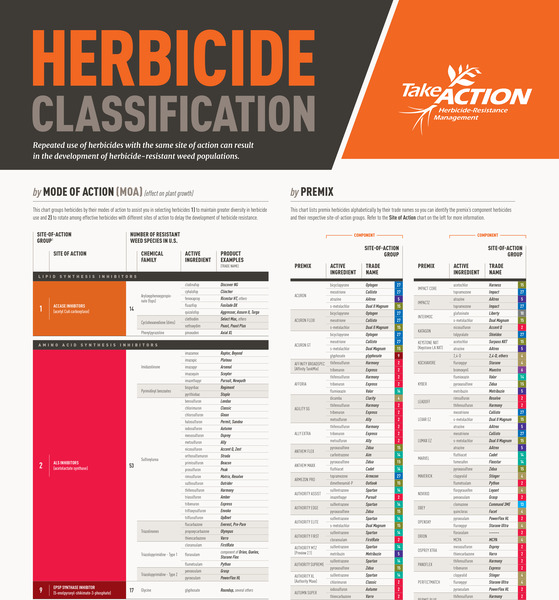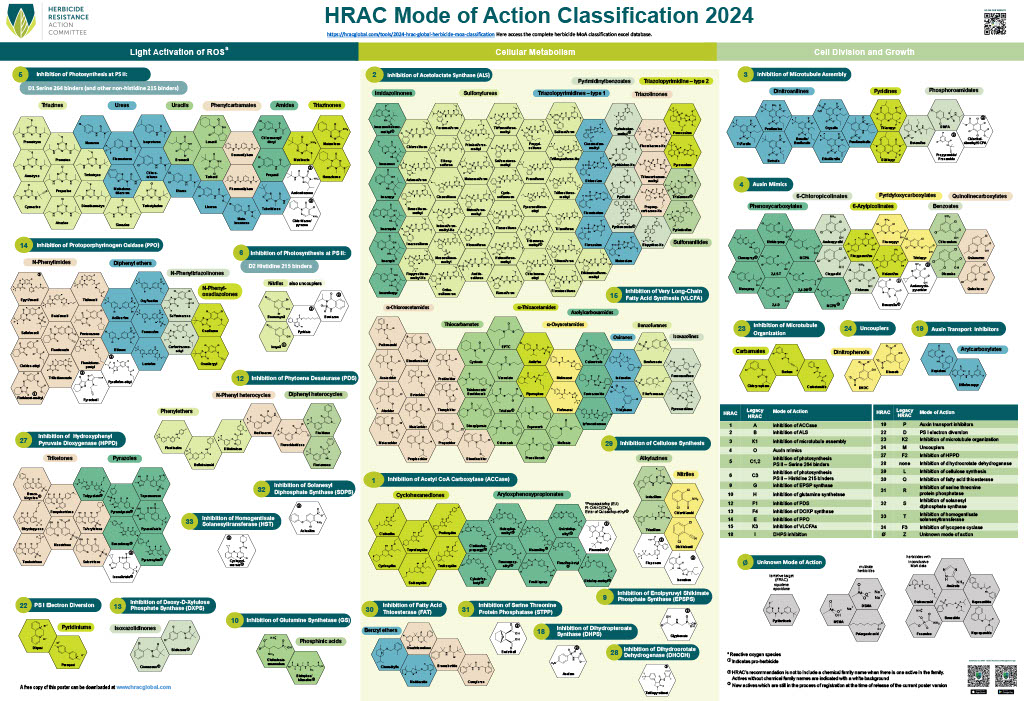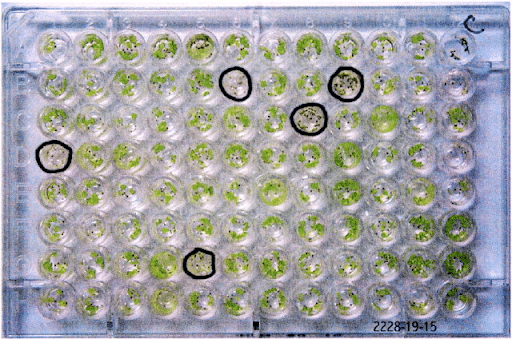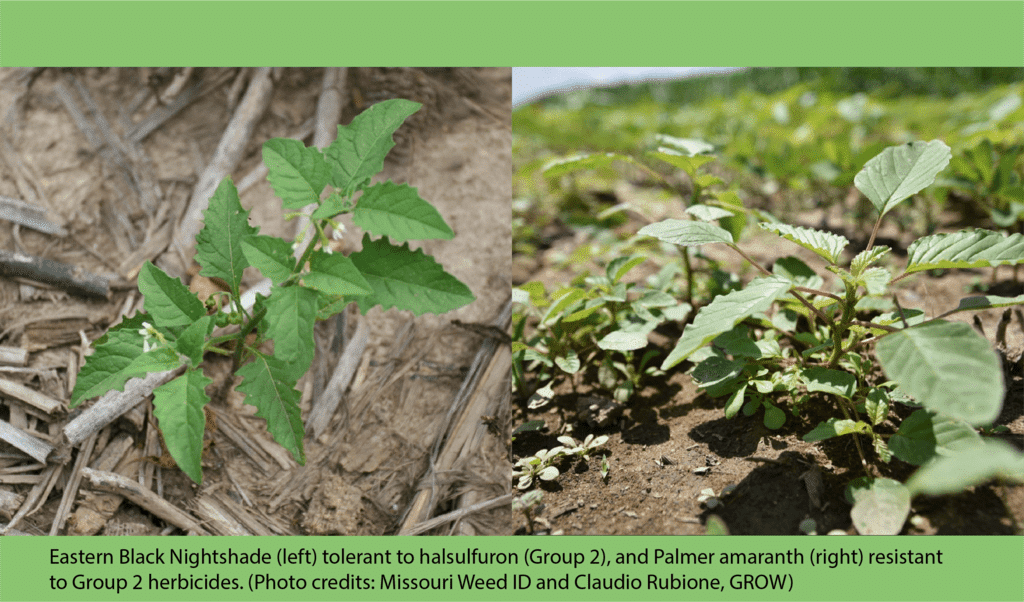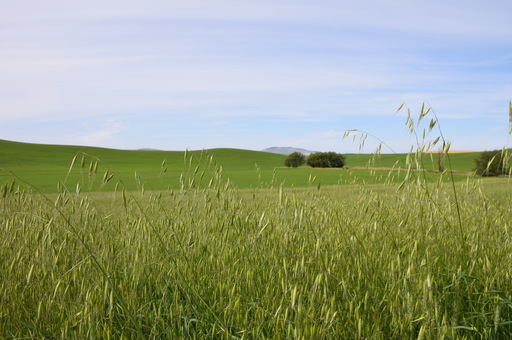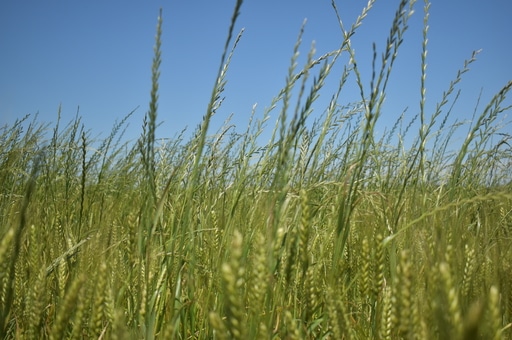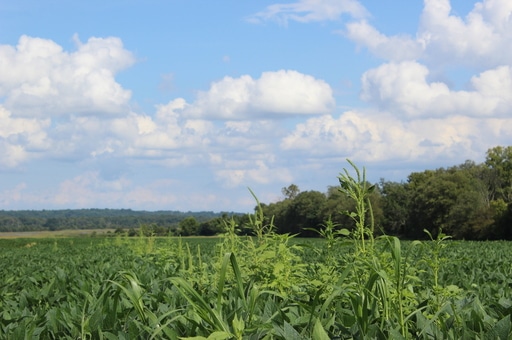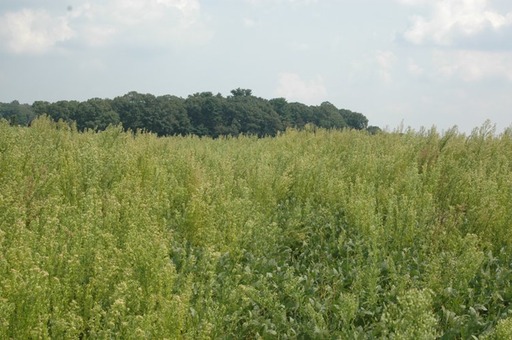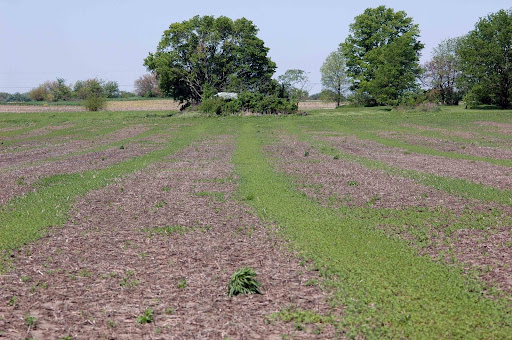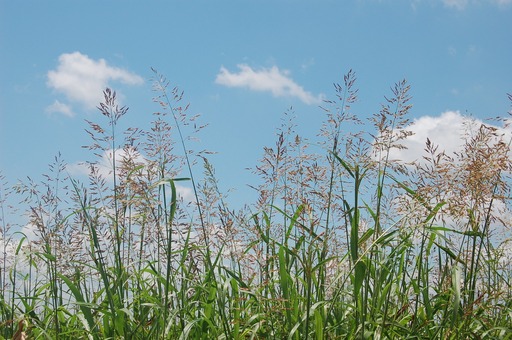Cover crops are becoming an important tool for weed suppression, and their biomass is among the most accurate predictors of how effective they’ll be. But estimating biomass is difficult with currently available methods, especially when cover crop growth in a field is patchy. Researchers are developing an inexpensive, efficient, and highly accurate way for growers to estimate cover crop biomass in cereal rye. It shows promise for use with other types of cover crops, too.
In 2024, eight researchers from three universities and the USDA Agricultural Research Service (ARS) published Mapping predicted biomass in cereal rye using 3D imaging and geostatistics in the journal Weed Science. In it, they explain why knowing biomass is important, the limitations of current estimation methods, their experimental use of a GoPro camera and computer modeling, and benefits to growers of using this new technology.

Knowing Cover Crop Biomass Is Essential
Cover crops can offer numerous benefits to growers, from soil enhancement to moisture retention. Cover crops with high biomass can also shade out weeds, but there is no guarantee that their growth will be sufficient. “While the cover crop is growing, farmers are deciding whether or not it will help with weed suppression,” says Dr. Ramon Leon, a weed scientist at North Carolina State University.
Research has shown that the higher the biomass, the more effective a cover crop at suppressing weed germination and growth. “If the cover crop did well in some areas but not others, they may divide the field into sections and manage weeds in each section differently,” Leon says. “If the crop is too sparse or small, a grower may decide to chop it down and till it into the soil, reaping the organic matter benefits but forgoing any weed control impacts.” In the latter case, the grower would use a more specific pre-emergence herbicide program or plan to take earlier action post emergence.
Either way, knowing the biomass of a cover crop is essential to understanding its weed-suppression capacity and deciding how to proceed.
Challenges of Estimating Cover Crop Biomass
“It’s very difficult to estimate biomass production in cover crops,” says Dr. April Dobbs, currently a research development specialist at BASF. “Manually harvesting and weighing samples is a laborious, time-intensive process that is not practical on a field scale.” (For more information, see “How To Sample Cover Crop Biomass” from GROW.) Satellite- and unmanned aerial vehicle-based remote sensing methods lose their sensitivity when the cover crop canopy closes up. “These methods don’t capture the variability that you get within the field due to many factors,” Dobbs explains, such as elevation and soil moisture level. Current drone technology “really does not provide a very accurate estimate of that variability in biomass, either” she explains, because basing biomass estimates just on height measurements is inaccurate.
Exploring a New Way to Estimate Cereal Rye Biomass
The researchers set out to find an inexpensive, efficient, accurate way for farmers to estimate cereal rye biomass with technology many already use and without additional passes down the field. They studied cereal rye because it’s widely used in the U.S. and can suppress more than 90% of weeds under ideal conditions, primarily by creating a thick mulch. The more the mulch, the greater the weed suppression.
They conducted the study in five fields at a research farm in Goldsboro, NC, chosen because previous studies had shown variability in cereal rye growth rates there. The researchers planted the cover crop in January 2023 with a drill seeder, and then terminated it in April 2023 with glyphosate and roller-crimping.
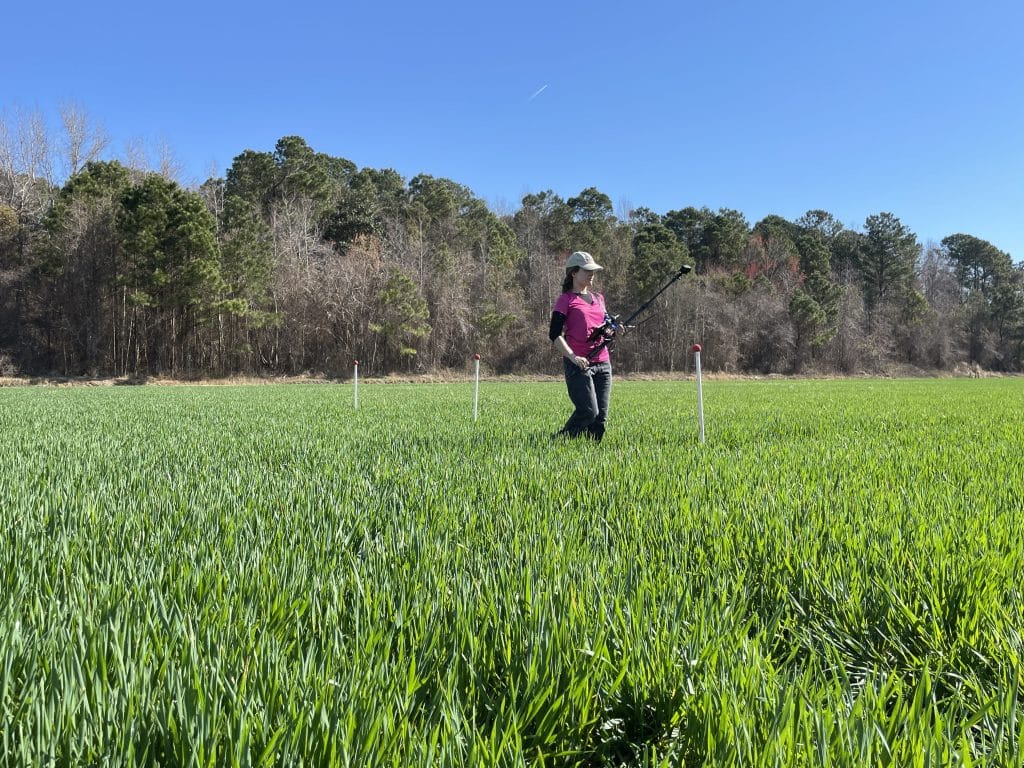
At various intervals during the growing season, they used a handheld GoPro Hero 8 camera to collect red, green, and blue (RGB) videos of the cereal rye. Using a process called structure-from-motion, a computer algorithm assembled three-dimensional point clouds based on the video images (frames). A 3D point cloud is a set of data points in three dimensions (on the X, Y, and Z axes) that represents the entire external surface of an object. In agriculture, 3D point clouds allow for precise measurements of plant height, canopy density, and other characteristics. Using geostatistics and computer modeling, the researchers created maps showing the variations in cereal rye biomass across each field.

To test the accuracy of these 3D point clouds and maps, the researchers compared them with biomass measurements of field samples gathered manually. The comparisons showed that the new technology was highly accurate. It could help growers not only monitor cover crops but also predict and manage weed occurrence, including late-season weed escapes.
“It provided good estimates of biomass within the real range that growers are likely to obtain,” Leon recalls, “from really low values all the way to the high values needed to ensure high levels of weed suppression.”
“I was pleasantly surprised by the level of detail that the point clouds were able to capture,” Dobbs says, “very subtle differences in hue. You could actually see individual leaves, and it was a really detailed, high-resolution model.”
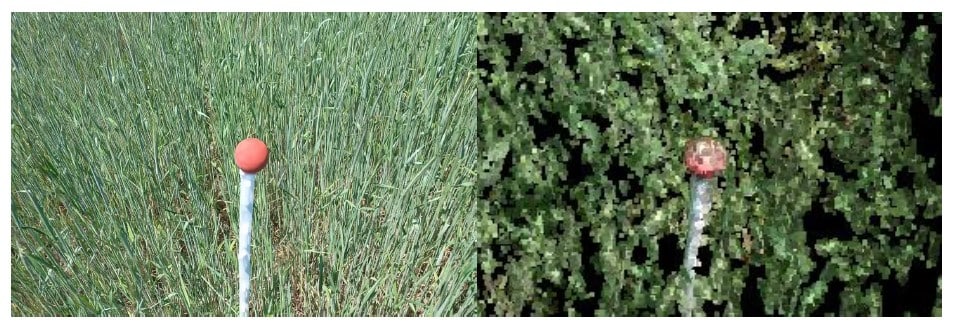
Benefits to Farmers
From the outset, the researchers aimed to create a method that would piggy-back on tools and technology farmers already use. “Growers are using harvest monitors to get maps showing yield throughout the field,” Leon says. “They’re starting to use smart sprayers, and they already have GPS technology in place.”
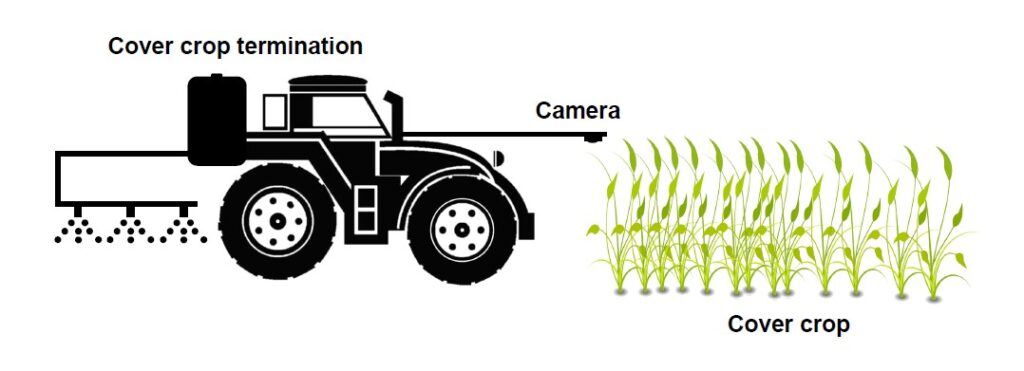
In the new 3D point cloud technology, cameras mounted on sprayer booms will collect images as growers travel down their fields to terminate cover crops. No additional passes through fields will be necessary. GPS and other existing technology will inform computer-generated detailed maps estimating biomass variations across each field. With this information, growers can determine how effectively the cover crop will suppress weeds and identify where they may need to apply herbicide or other weed management practices. Researchers are making the technology affordable by using low-cost cameras and efficient data-processing systems.
Next Steps
The NC State University researchers are developing a suspension system that will stabilize the cameras as the tractor bounces through the field. They’re also exploring use of a stereo camera that has three lenses: a middle one for capturing RGB images and two outer ones for capturing stereo images. The latter will allow an algorithm to determine variation in plant height, speeding the computational processes.
Researchers plan to test the 3D point cloud technology on large commercial farms, over multiple growing seasons, and in multiple locations. They will also explore how crop management variability could modify the new technology’s accuracy.
Once researchers complete the initial phases of developing the new technology, it could be used for many different applications, Dobbs says. Growers could use it “not just for grass cover crops, but also maybe even for broadleaves,” she explains. “We could use it in row crops. There are tons of different applications for this technology.”
See more from GROW on precision weed management research and tactics like this on the GROW Precision Weed Management page. See more on using cover crops for weed suppression on the GROW Cover Crops Management page.
Text by Dr. Elizabeth M. Seyler, PSA; images by Drs. April Dobbs and Sandra Ethridge, BASF
